About The Photographer
Daniel Tomanovic is a young and very talented landscape photographer living in Cerklje Ob Krki, a lovely small village on the left bank of the Krka River in eastern Slovenia. He has been creating images that portray the natural beauty of Slovenia and its landscapes for over 8 years, and learned from reading books and following his favorite photographers on the internet, especially Serge Ramelli, a fantastic photographer from Paris who has lots of informative YouTube tutorials on various aspects of landscape photography.
Daniel believes that finding good light is the first and most important thing to create great landscape images and that it is really worth making the effort to shoot landscapes during the first and last hours of the day, when the light is the softest and most colorful during sunrise and sunset. Everyone can capture outstanding landscape scenery, but hunting the special light is the true challenge for a landscape photographer. And judging from Daniel’s works, he is very successful in capturing beautiful locations in the best light. Every single image has a unique lighting in it, which makes it distinct from other works.
Daniel’s favourite subjects are scenery related with water: lakes, rivers, waterfalls and sea. Since he started he was fascinated by long exposures as they represent an accumulation of time. Capturing much more than a fleeting moment in one photo really inspired him to start practicing and perfecting the technique. This is something the human eye can’t do and the results can be fascinating.
Below is a selection of photos Daniel kindly shared with us. Visit his Facebook and Instagram pages and enjoy more of his wonderful photos.
Photo Gallery
A beautiful picture gallery containing 50 stunning landscape and nature photos from all over Slovenia by Daniel Tomanovic.
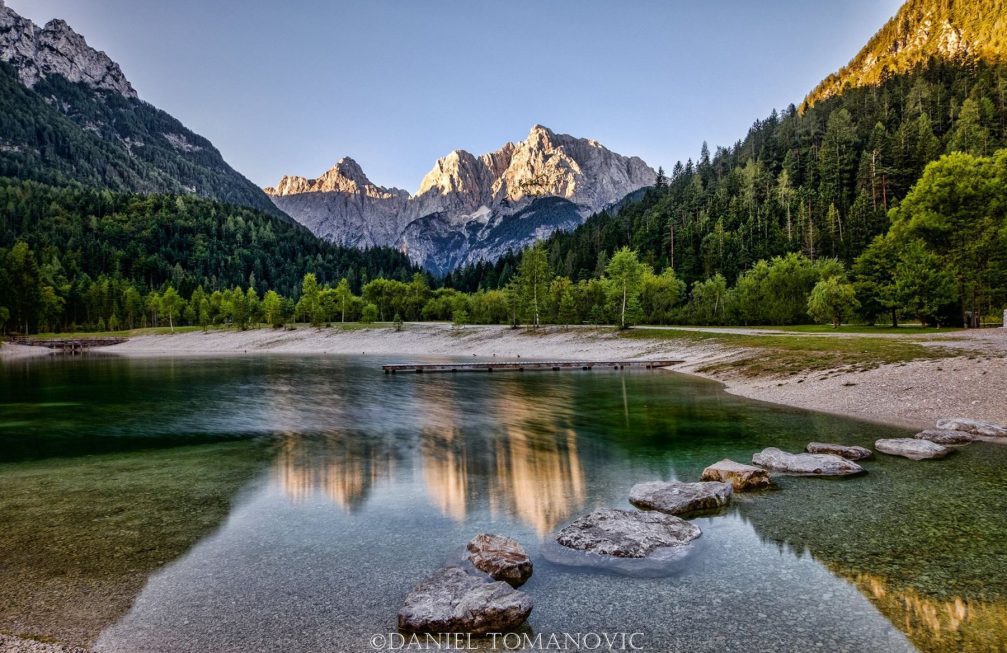
Lake Jasna is a very pretty alpine lake which offers remarkable reflections in its calm waters. A peaceful setting with stunning mountain views of the 2472-meter-high Spik, 2601-meter-high Razor and 2547-meter-high Prisank. There is a Goldhorn statue here, a lookout tower and a lovely circular walk that wraps around the lake, which lies in the far northwestern corner of Slovenia, a short five minute drive from the village of Kranjska Gora on the road towards the Vrsic Mountain Pass. The whole place has an air of unpretentiousness and is a great place to spend an afternoon.
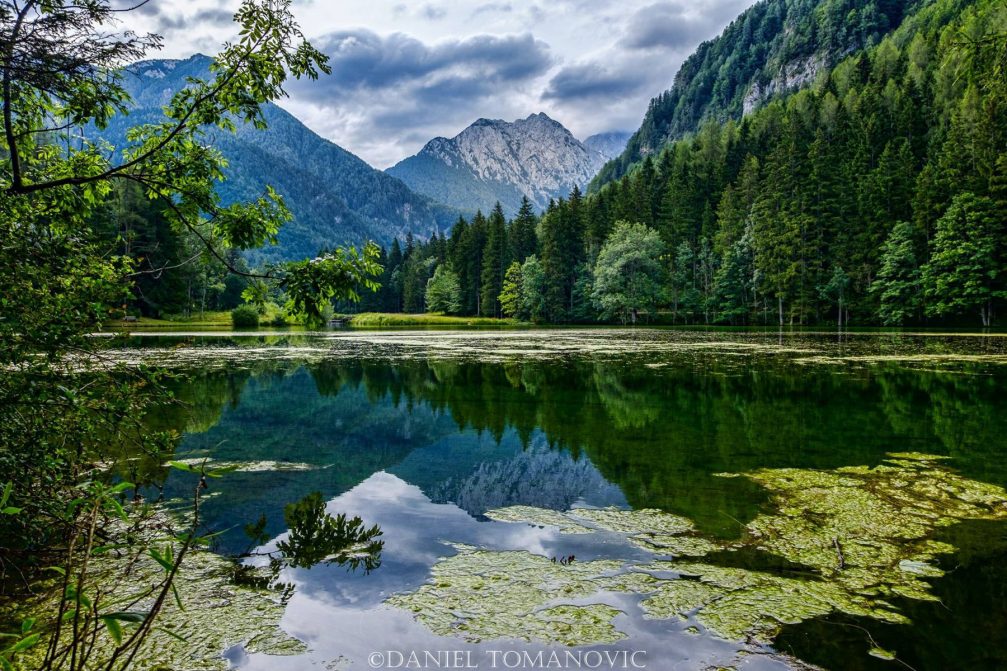
Lake Plansar or Plansarsko Jezero as it is called in Slovene is a lovely small heart-shaped lake at an elevation of 902 meters in Zgornje Jezersko in northern Slovenia, very close to the border with Austria. The lake is surrounded by lush green nature and offers a stunning view of the Kamnik-Savinja Alps. There are various hiking paths for different abilities and ages around the lake and a great restaurant which offers excellent Slovenian homemade cuisine.
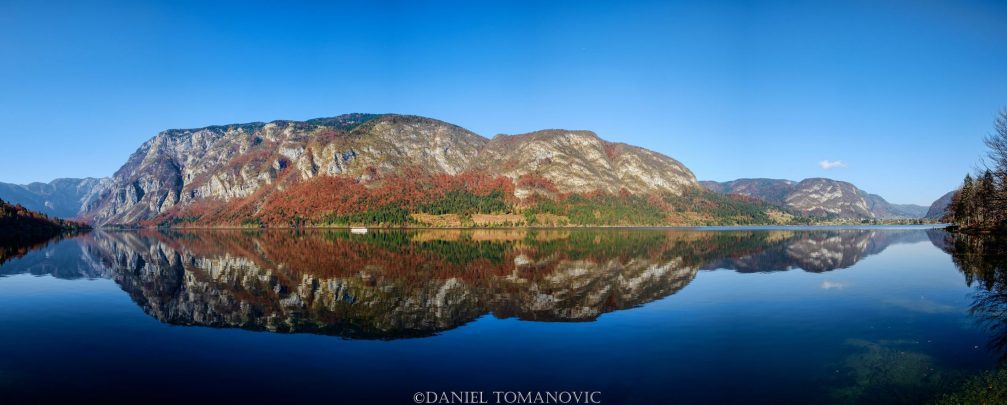
Lake Bohinj or Bohinjsko Jezero as it is called in Slovene is the largest lake in Slovenia, situated in the Triglav National Park in the northwestern corner of the country. It’s a wonderfully relaxing and beautiful place to be with crystal-clear waters filled with fish and mountains rising in front of you.
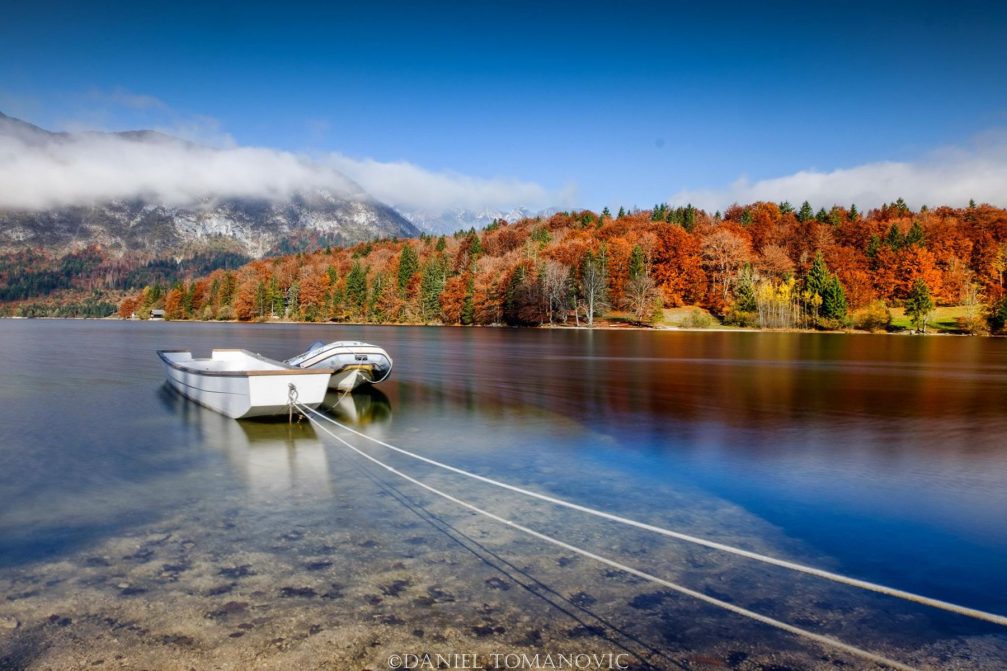
Lake Bohinj is also a well-known starting point for lovers of outdoor activities. There is so much to do in, on and around the lake from kayaking and canoeing, sailing, stand up paddle boarding (SUP), fly-fishing, swimming (not for the faint-hearted but very refreshing once you take the plunge), hiking, cycling, mountain biking, or even paragliding.

Lake Trboje or Lake Mavcice, as it is also known, is a popular spot for local fishermen and boaters. It is an artificial lake created in 1986 by damming the Sava River. It is situated on the western edge of the Trboje village in northwestern Slovenia. The lake is also famous for its flora and especially its fauna, which includes numerous fish and about 140 species of birds. It is a very rare and the most important nesting place of the Common Merganser (scientific name: Mergus Merganser; Slovene: Veliki Zagar) in Slovenia.
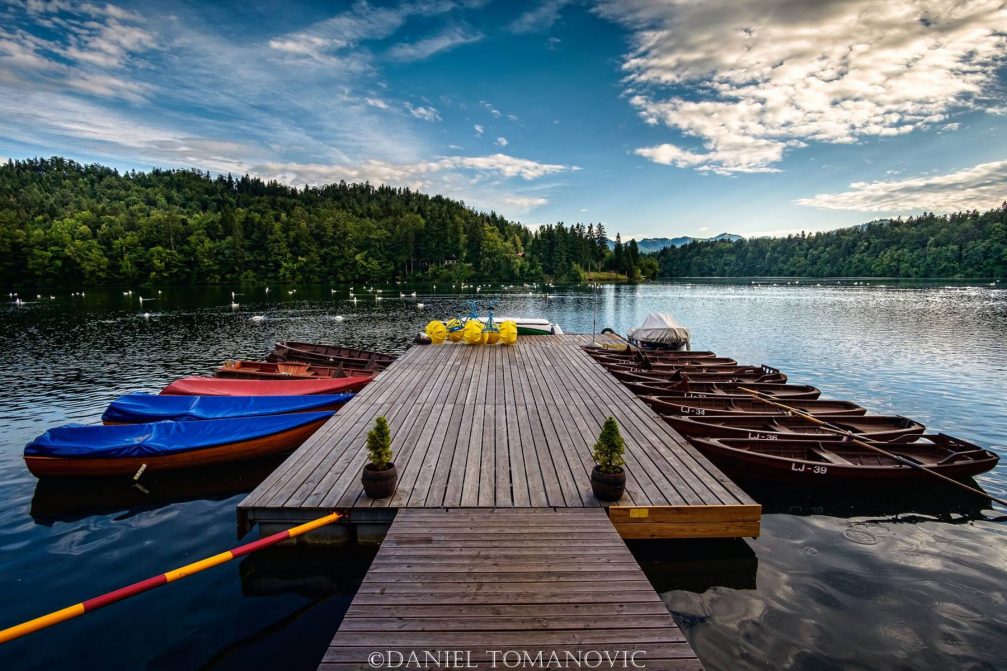
Lake Zbilje or Zbiljsko Jezero as it is called in Slovene may be artificial, but this in no way diminishes its stunning natural beauty. Apart from being a very popular tourist attraction offering possibilities of boating, sailing, canoeing, fishing, bicycling, and walking, it provides an important habitat for numerous bird species. The lake is also known as the Swan Lake, because it is a home for over 100 gracious white swans. It is situated near the town of Medvode in central Slovenia, only 12 kilometers from Slovenia’s capital Ljubljana.
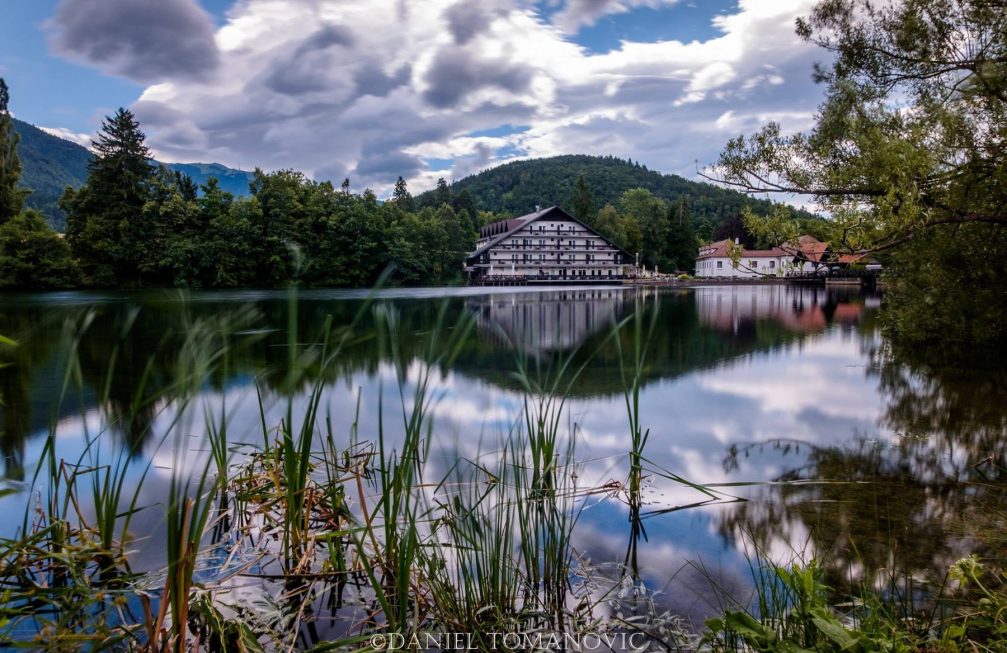
Lake Crnava is another beautiful artificial lake and a popular spot for locals offering possibilities for boating, fishing, swimming and diving. It is also a great destination for walkers and nature lovers. There’s a lovely educational trail that goes around the lake and through the nearby forest with 29 exotic type of trees that give you special feeling of being one with nature. Set on the southeastern edge of the lake is a hotel with a wonderful terrace with great views. The lake is located on the eastern edge of the town of Preddvor in northwestern Slovenia, only 10 kilometers from Kranj, the capital of the Gorenjska region.
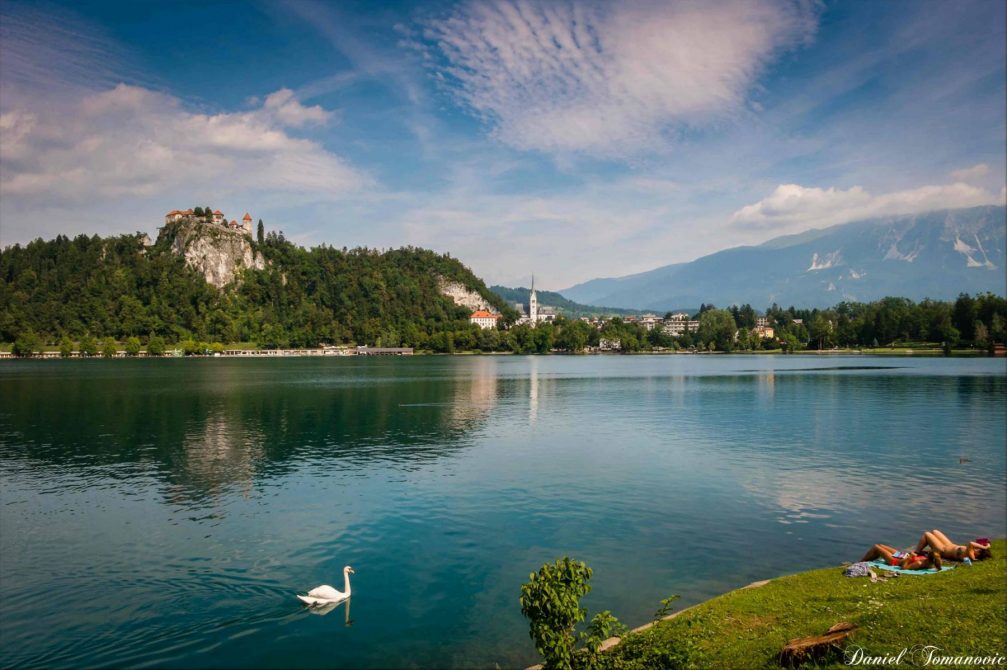
With its stunning lake, picture-postcard church on a small island, a medieval castle on top of a rocky cliff and some of the highest peaks of the Slovenian Alps as backdrops, Lake Bled is the most popular tourist attraction in Slovenia. It draws everyone, from families with children to couples of all ages.
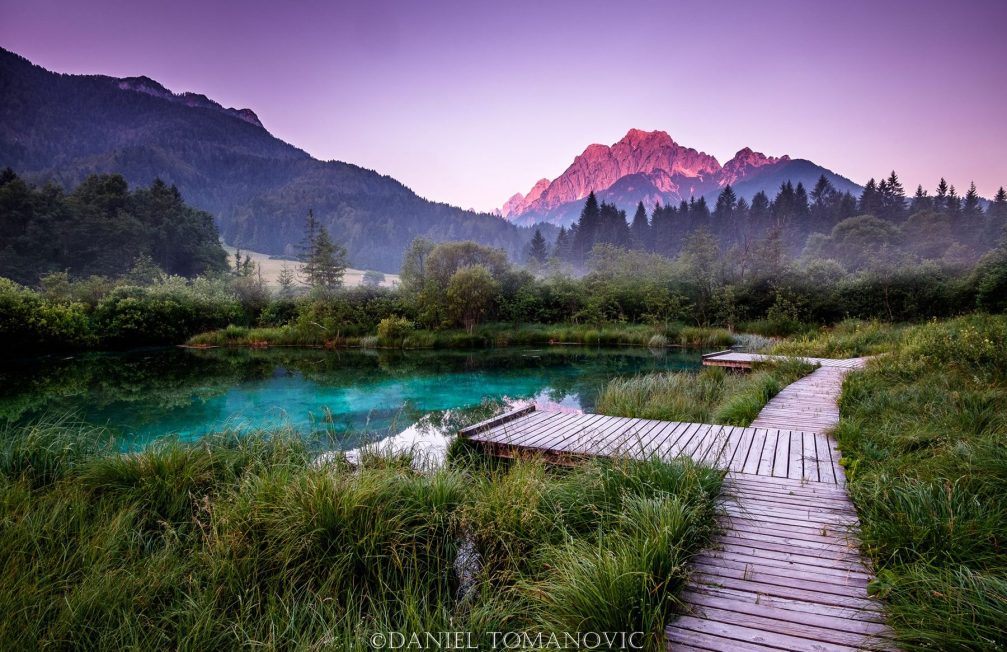
Lake Zelenci is part of the Zelenci Nature Reserve located near the alpine village of Kranjska Gora on the road towards Italy, in the far northwestern corner of Slovenia. There is a short walk from the roadside parking area which takes you to an emerald green lake. Following a wooden footbridge, you can walk to the lake without harming nature. The area also offers a remarkable view of the surrounding Julian Alps.
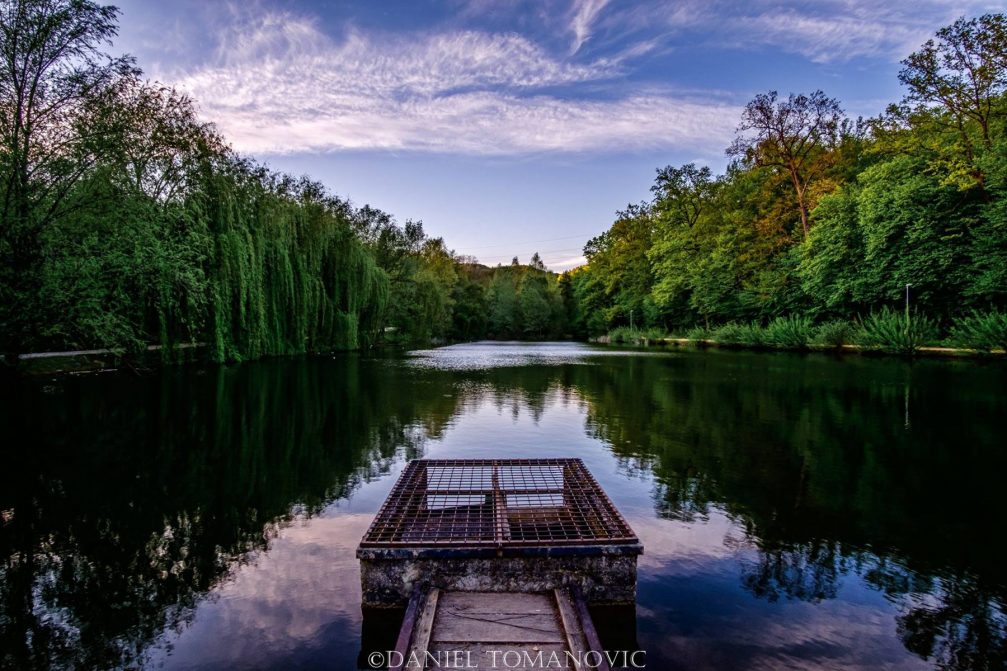
Pond Na Resi, or Pond Resa as it is also known, lies on the eastern edge of the town of Krsko in eastern Slovenia, on the road towards the village of Zdole. It is a popular destination for walkers and dog walkers, especially at weekends.
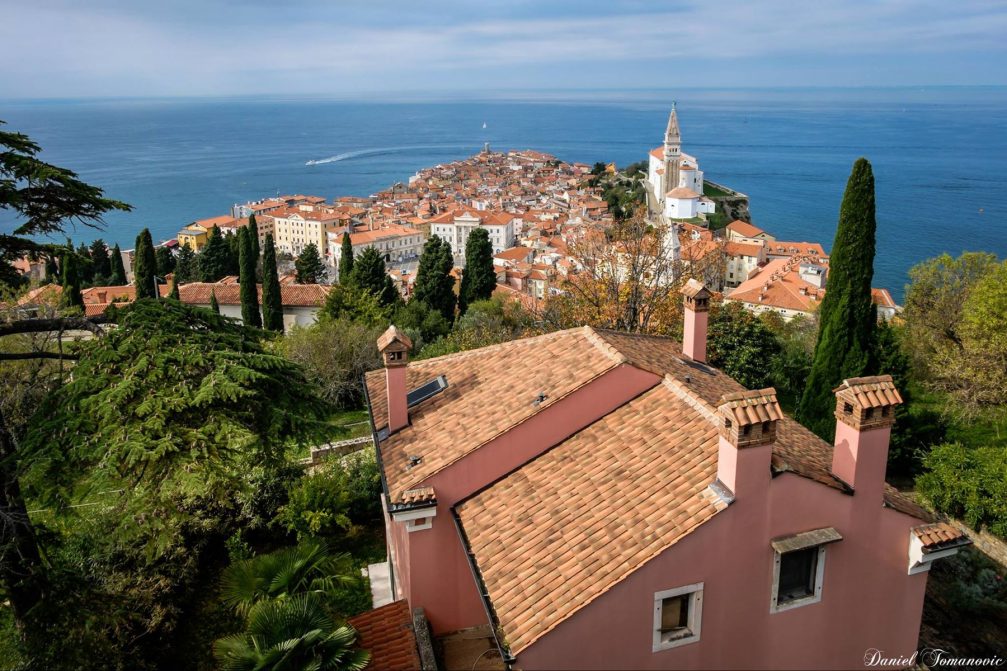
Probably the most visit-worthy town along Slovenia’s 47 km of coastline is Piran. Perched on a long and narrow peninsula, it can not be described otherwise than beautiful. It is a very picturesque town which has managed to keep its historic charm.
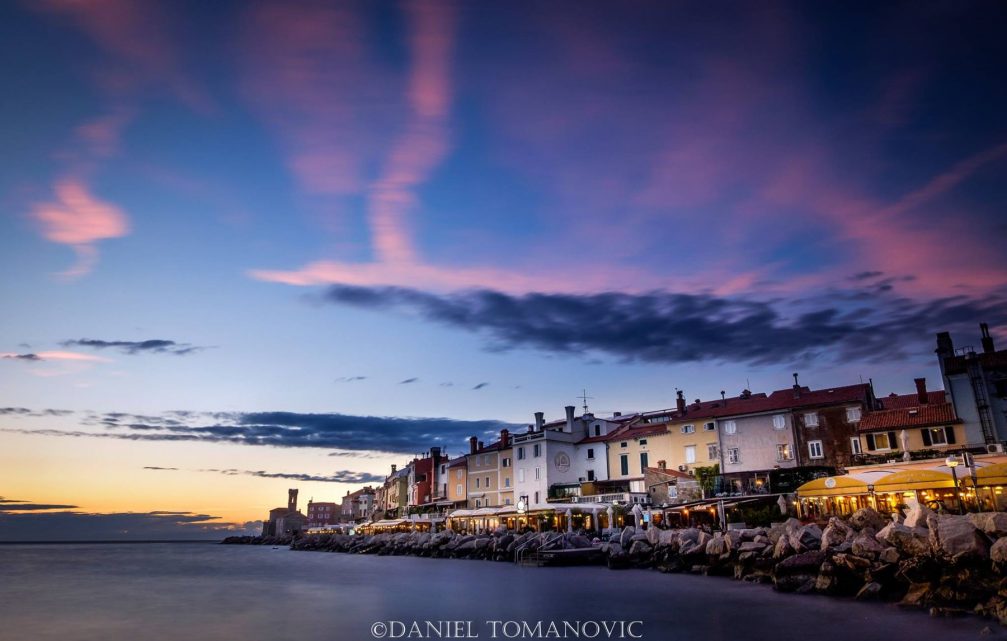
Piran Seaside Promenade is a perfect place to take a stroll, especially after a nice meal at one of the many great seafood restaurants in Piran’s Old Town.
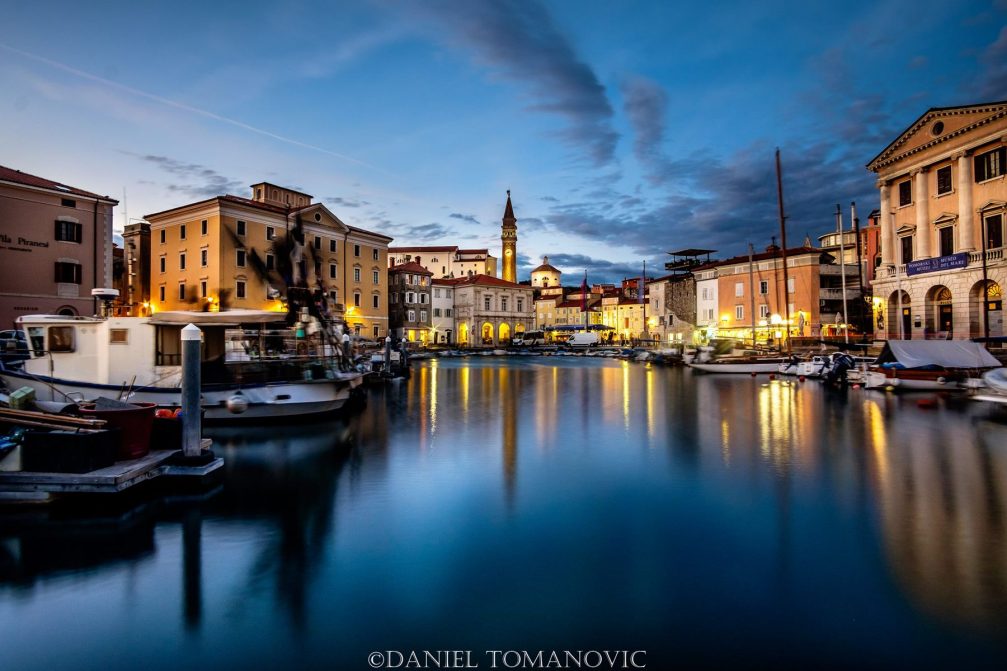
Piran is everyone’s favorite town in Slovenian Istria. In the middle of the town is the Tartini Square, which is surrounded by charming, Venetian buildings with wonderful architecture displayed.
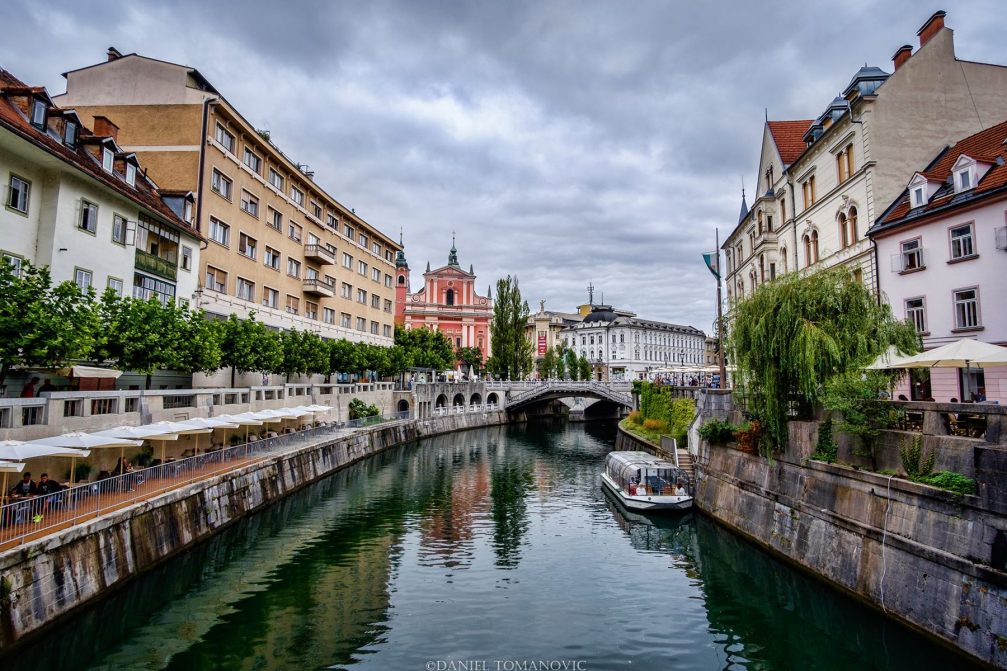
Ljubljana is the capital of Slovenia and is situated at the center of the country. With a population of just over 285,000 it’s nowhere near Europe’s largest cities. However, it is a medium-sized European city with many attractions and a great vibe. Most of the tourist action is within a small, compact area centered on Ljubljana’s Old Town, which straddles a bend of the Ljubljanica River.
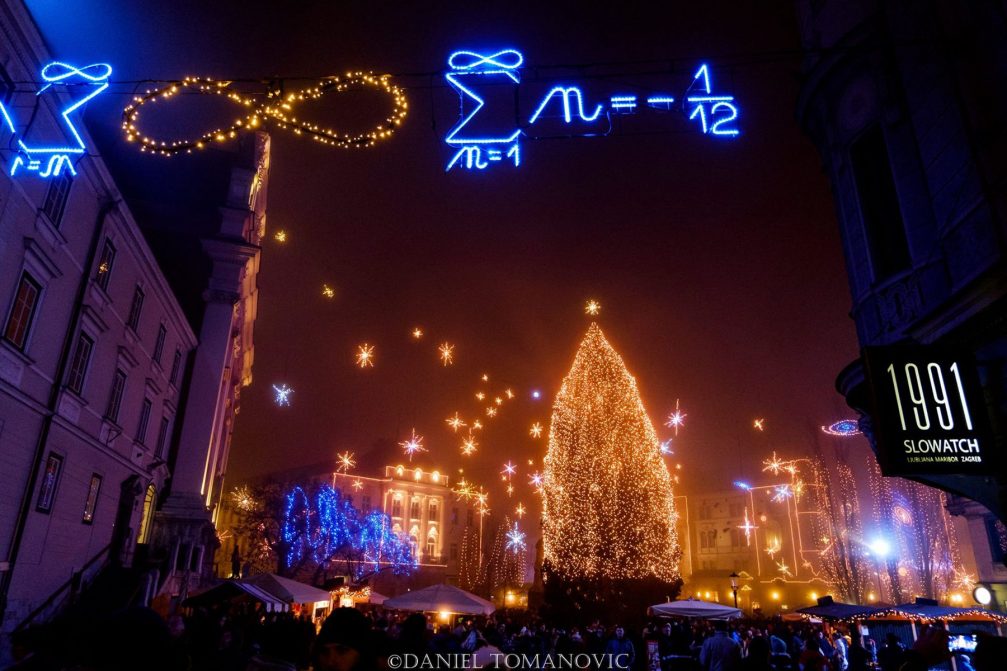
Every December during the festive season Ljubljana has a vibrant atmosphere, with a Christmas market and many interesting events held in the festively decorated Preseren Square in the historical city centre.
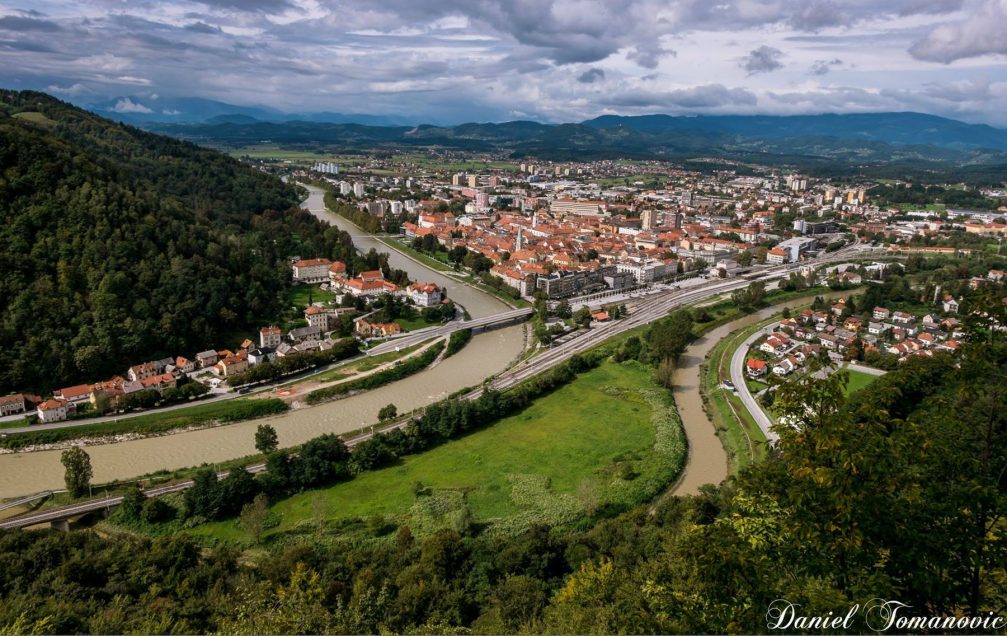
Celje is the third-largest city in the country with a population of 37,500. It is situated at the confluence of the Savinja, and Voglajna rivers in the lower Savinja Valley in northeastern Slovenia. With its long turbulent history and rich cultural heritage, it is an increasingly popular destination for both domestic and foreign tourists.

Ptuj is one of the most popular tourist destinations in the less visited eastern half of Slovenia. It is situated on the Drava River and is the oldest town in the country, known particularly for its interesting history, castle, red-roofed houses and the Kurentovanje carnival.
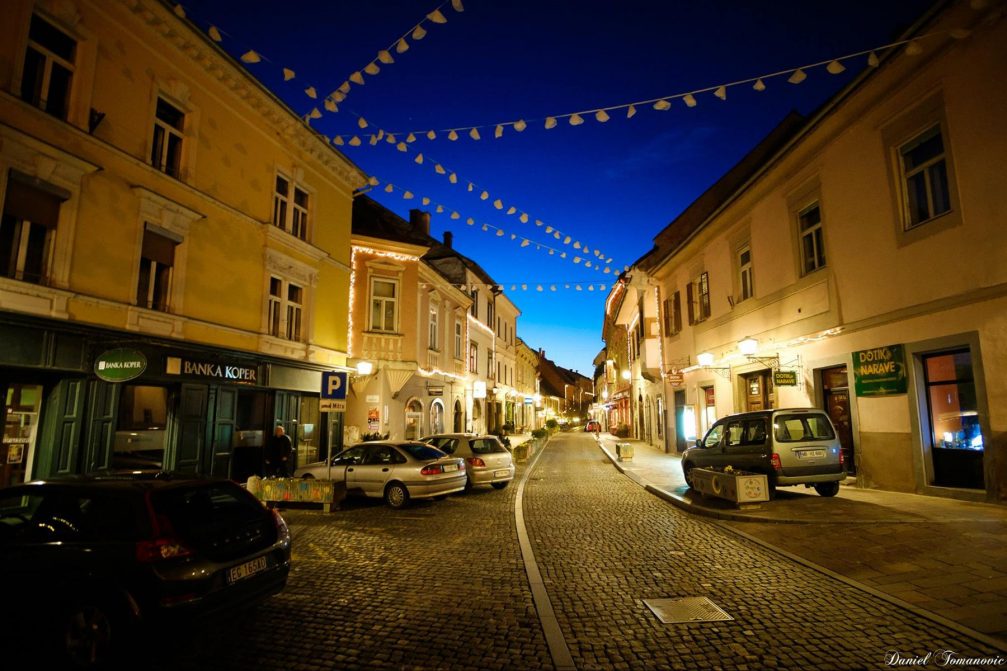
The historic town centre of Ptuj is beautiful and very friendly, lots of little streets to explore, and plenty of lovely cafes and well priced restaurants to visit. A joy to walk round.
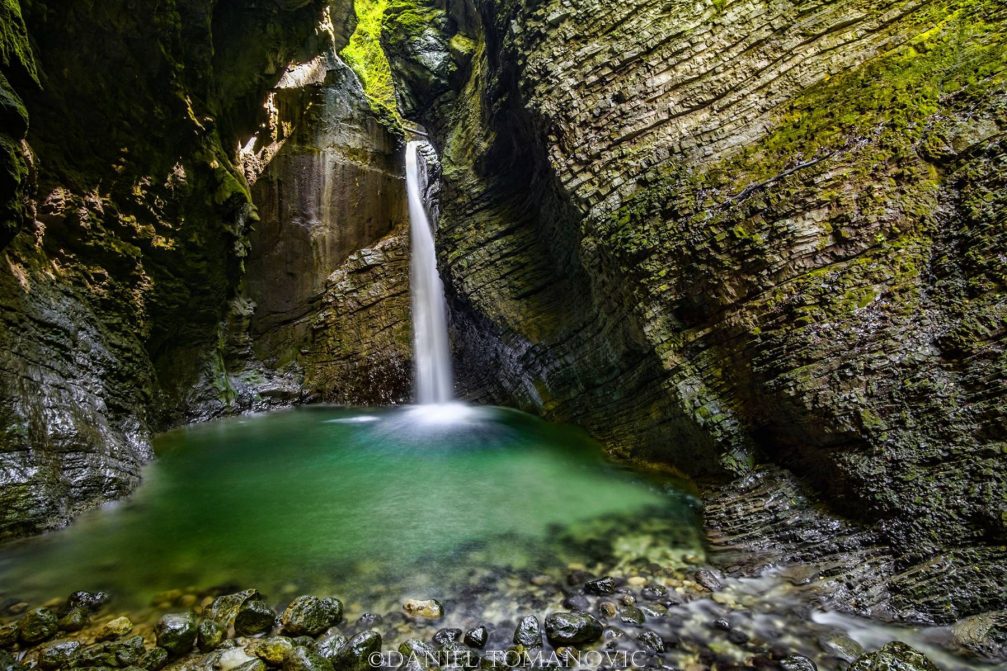
Waterfall Kozjak is one of the most visited natural attractions in the Kobarid area in western Slovenia. The waterfall is very picturesque and unique. It’s best known for its underground hall with a stunning pool of emerald green water. The hike from parking to the waterfall is not difficult and is wonderful, but make sure to take some swimwear. Although the water in the pool at its base is very cold, it is amazing to be inside it. The first few splashes in the water are the hardest, but once you take a leap of faith and immerse in the pool it is an unforgettable experience.
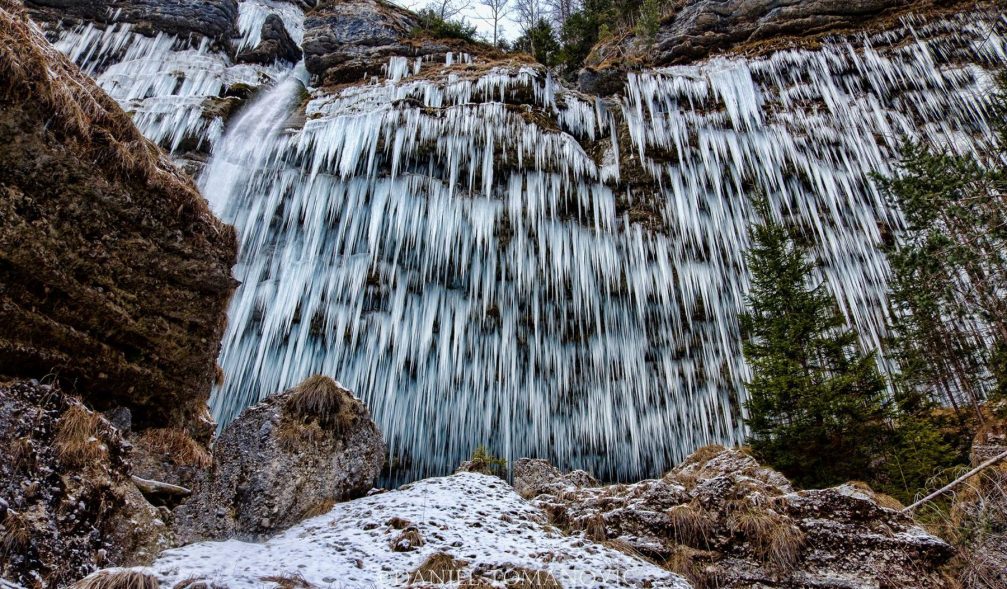
Waterfall Pericnik is well worth seeing in winter when it turns into countless icicles in delicate shades of blue and green. The waterfall is located in the Vrata valley near the village of Mojstrana, inside the Triglav National Park in the northwestern corner of the country.
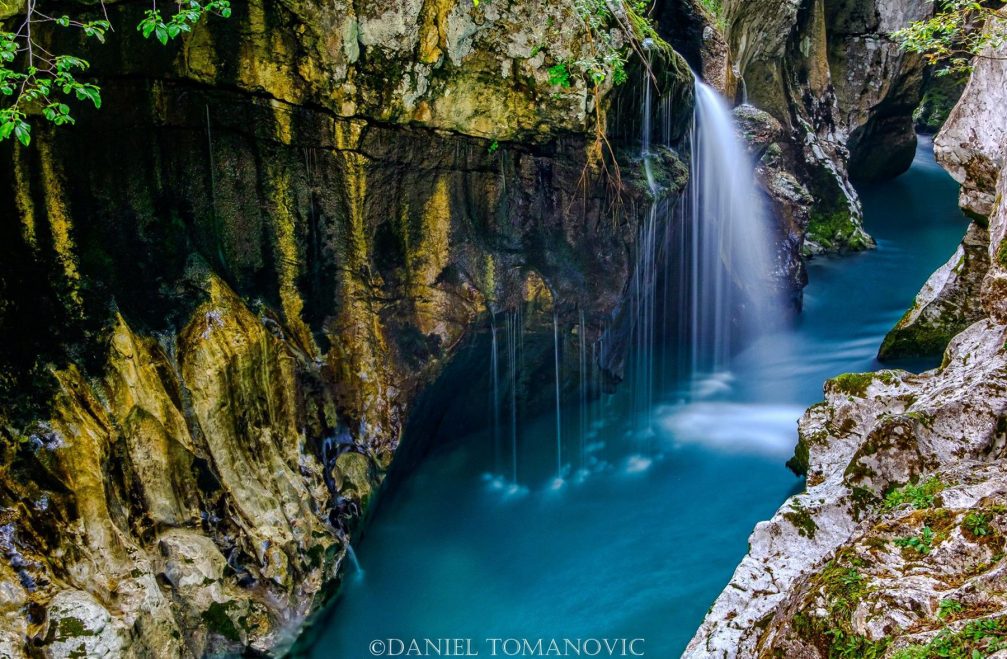
The Great Soca Gorge or Velika Korita Soce as it is called in Slovene is 750 meters long and 15 meters deep. It’s a fantastic natural attraction to visit for nature lovers and a great spot for nature photographers. The gorge can easily be accessed by the road leading from the town of Bovec to the Trenta valley, immediately before the village of Soca.
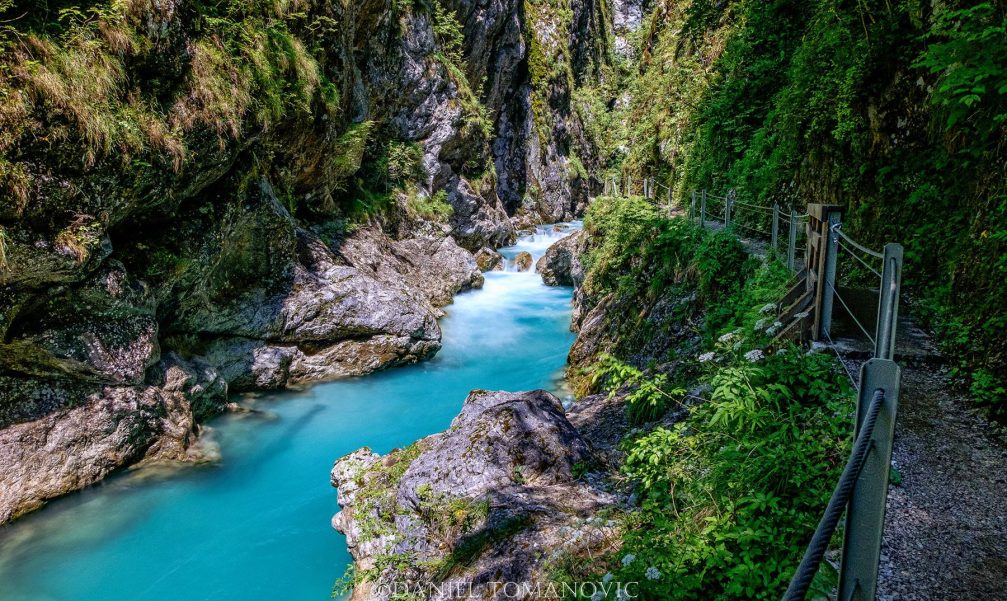
Tolmin Gorge is the most visited natural attraction in the area of Tolmin, situated at the confluence of the Tolminka and Zadlascica streams in the northwestern corner of Slovenia. It is about a kilometre long, between five and ten meters wide and up to sixty meters deep.
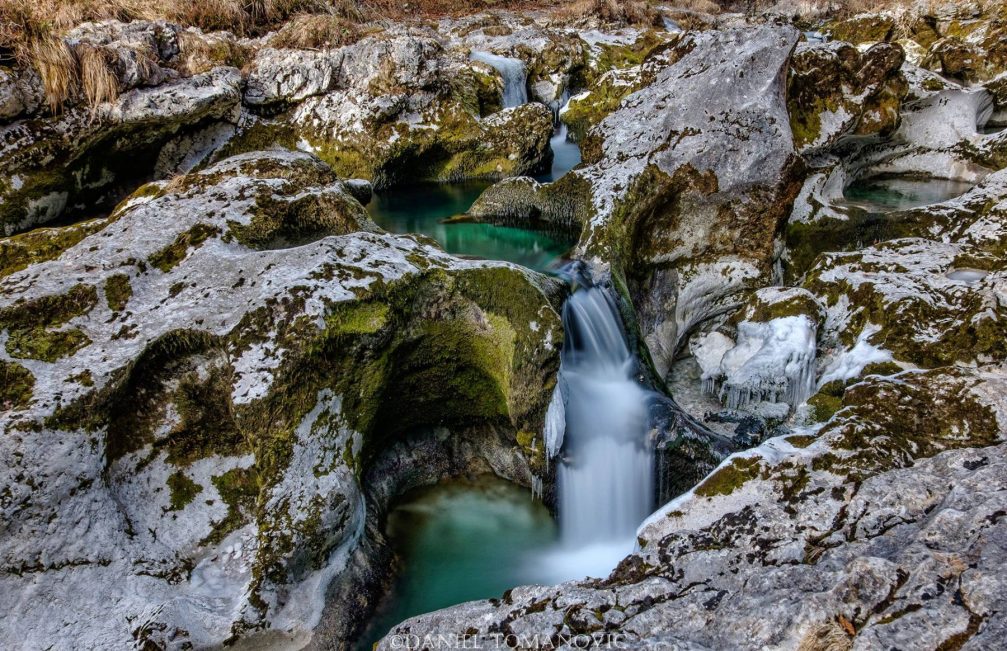
The crystal-clear Mostnica mountain stream has its source in the Alpine valley Voje in the Triglav National Park. On its way to the village of Stara Fuzina, it carved a 2-kilometre long and between 1 and 20 meter wide gorge of the same name. When close up or when it’s shallow, the stream is perfectly clear. From a distance, it looks astonishingly emerald green.
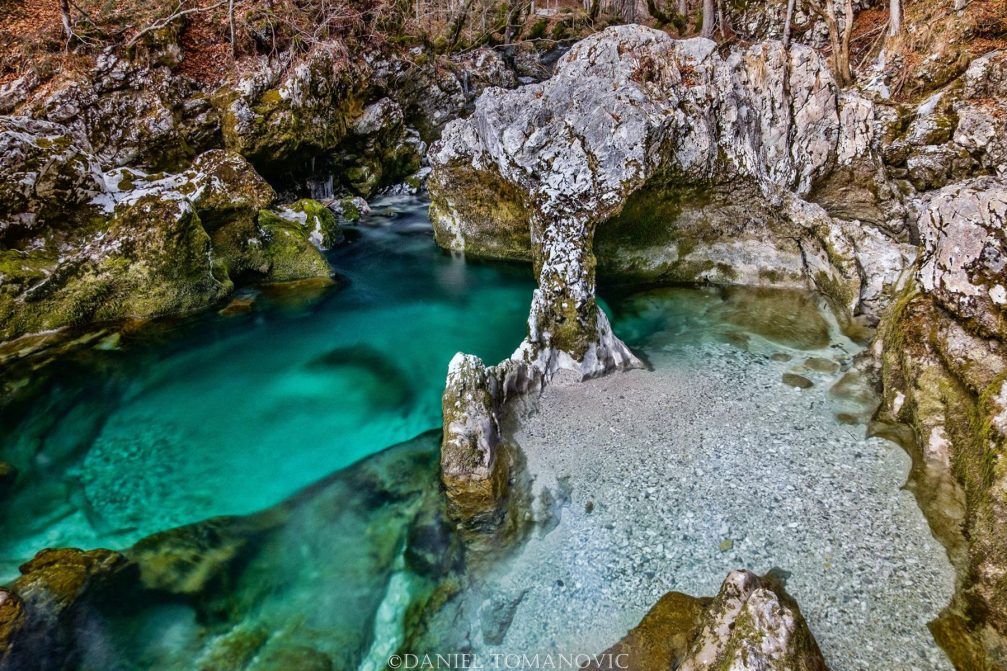
The Little Elephant natural rock formation is the most photographed spot in the Mostnica Gorge, which is an increasingly popular natural attraction for both domestic and foreign travelers visiting the Lake Bohinj area in northwestern Slovenia.
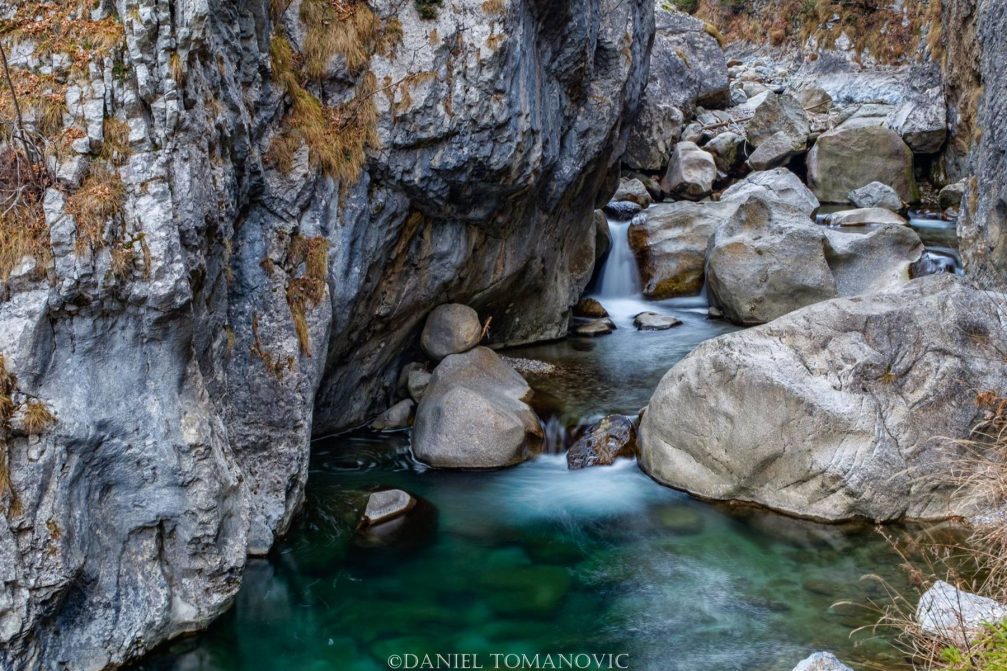
The Dovzan Gorge or Dovzanova Soteska as it is called in Slovene had recently been updated with a new walking path and renovated bridges. It is located a few kilometres north of the town of Trzic in northern Slovenia, close to the Austrian border. The waters of the Trziska Bistrica river have carved out the gorge, which is best known for its rich geological conditions and palaeontologic sites.
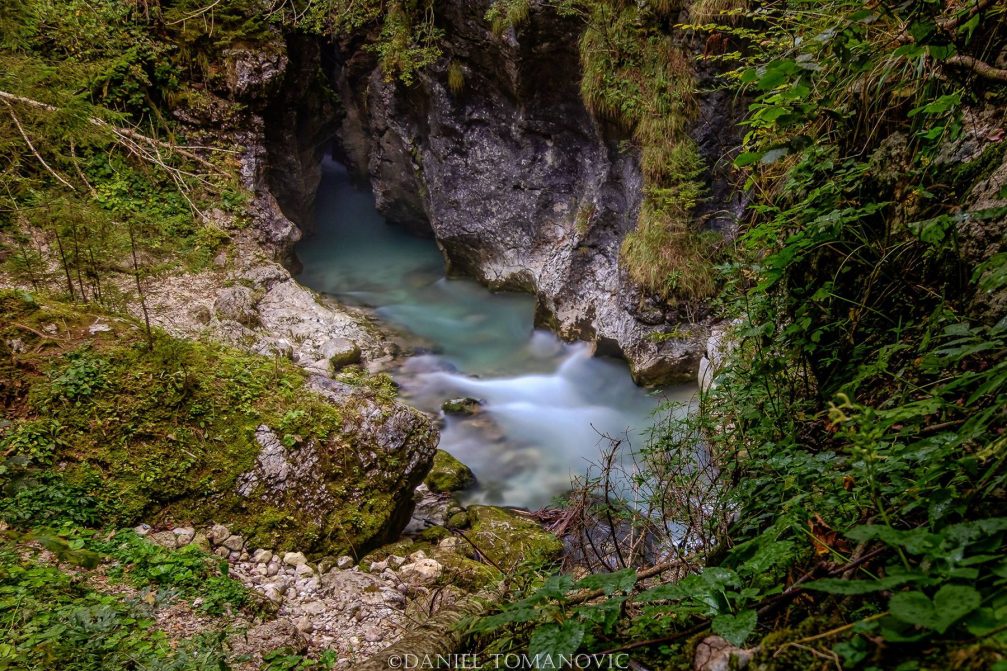
The Predaselj Gorge is located in the Kamniska Bistrica Valley in northern Slovenia. The waters of the Kamniska Bistrica river have carved out the gorge, which is up to 30 meters deep and a very popular place for canyoning.
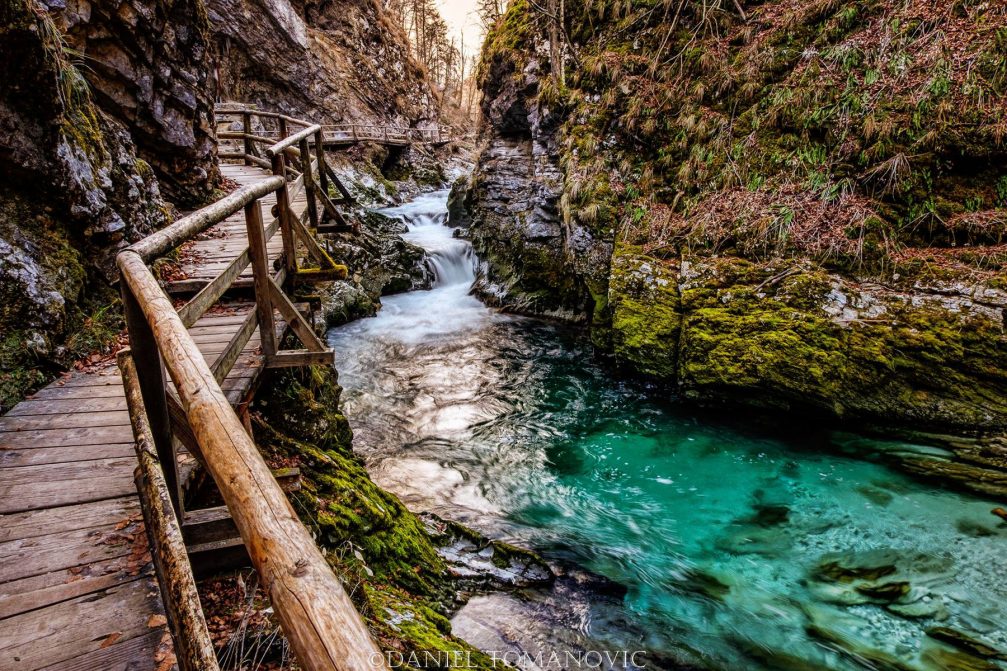
The Vintgar Gorge is an amazing natural wonder and a very popular destination in Slovenia, located a few kilometres north of the famous Lake Bled. It is a deep canyon where the crystal-clear emerald green Radovna River flows at the bottom and mountain walls rise vertically above the gorge. The gorge is 1,6 kilometers long, and walkways and paths are built into the cliff wall.
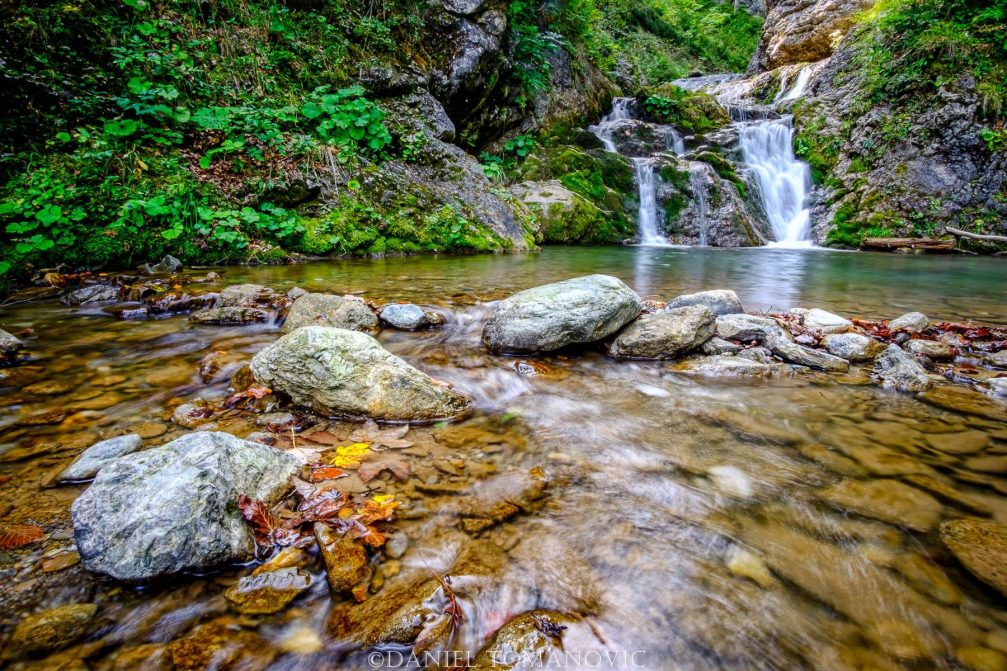
The Lower Davca Waterfall or Spodnji Davški Slap is one of the three waterfalls of mountain stream Davscica, a right tributary of the Selca Sora River. The falls are located a few kilometres west of the town of Zelezniki in northwestern Slovenia and are a very popular destination for local hikers and nature photographers.
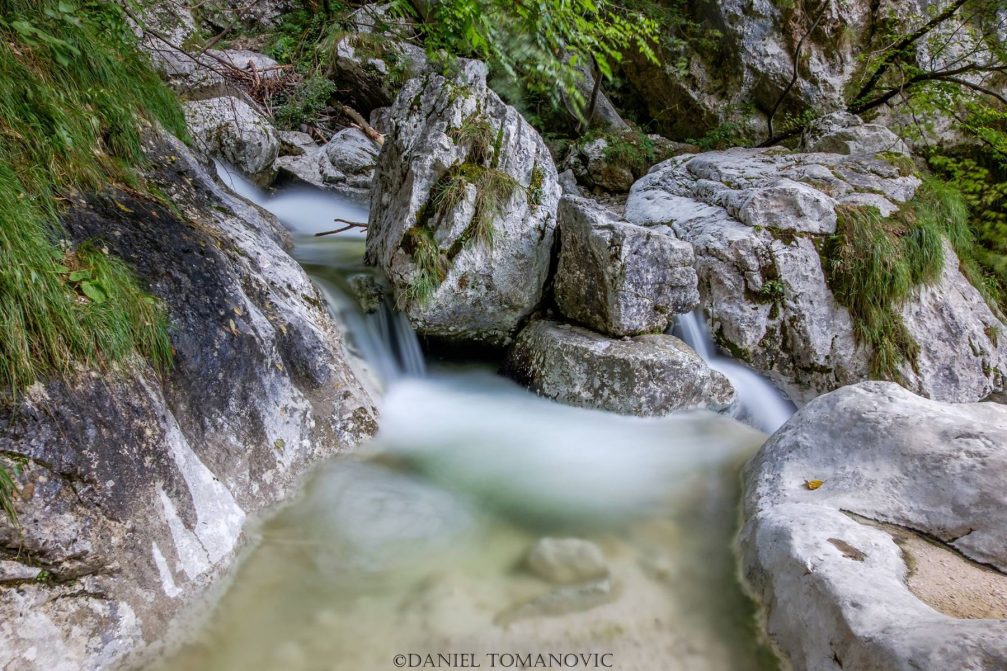
Kamniska Bela is a mountain stream in the Kamnik-Savinja Alps which springs from several catchment areas high under the Konj and Vezica mountains. On its short way it creates the Orglice waterfall and flows into the Kamniska Bistrica river near the Predaselj Gorge.
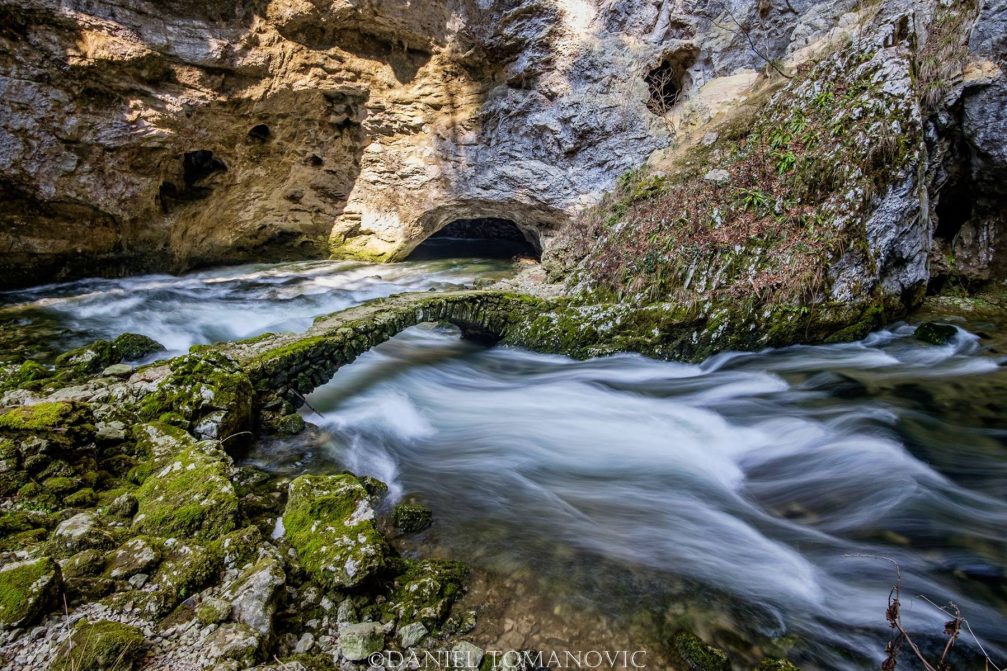
The Rakov Skocjan is a stunning area in the karst region of Slovenia, the same region where the world famous Postojna and Skocjan caves are located. The Rak stream springs from the Zelske Caves and then after flowing 2,5 kilometres across the steep-walled valley it again disappears underground in the Tkalca Cave. The whole area is protected as a Regional Park since 1949. It is located between the Cerknisko Polje and Planinsko Polje fields, some 10 kilometres east of the town of Postojna in southwestern Slovenia.
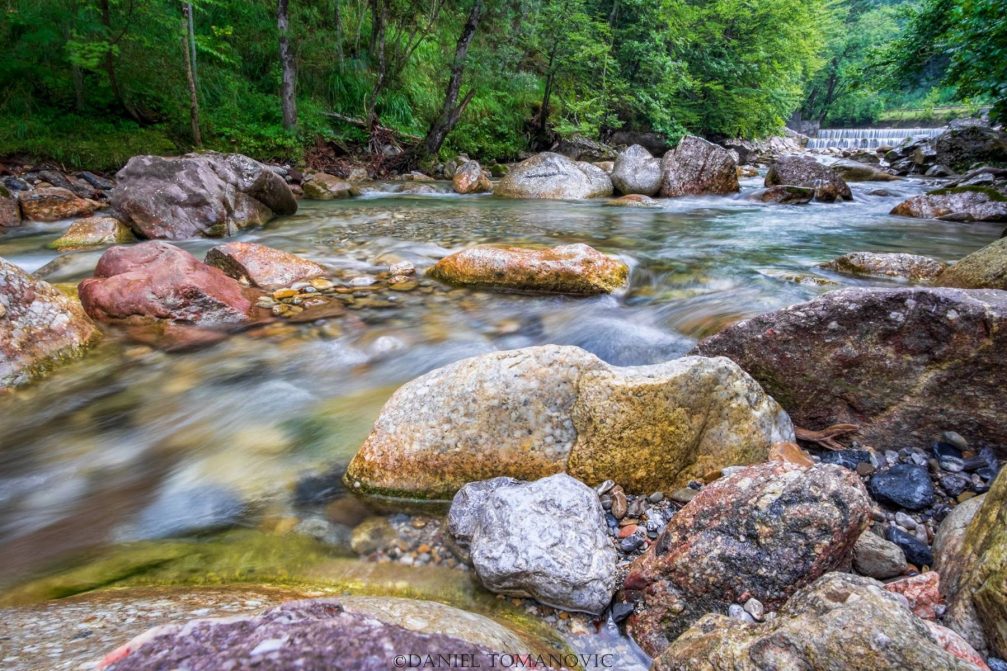
The Kokra river is an alpine river in northwestern Slovenia, a left side tributary of the Sava. It springs in three branches under Mt. Virnikov Grintovec in the Komatevra valley at an altitude between 1100 and 1300 metres and then after flowing 34 kilometres it discharges into the Sava river in the town of Kranj.
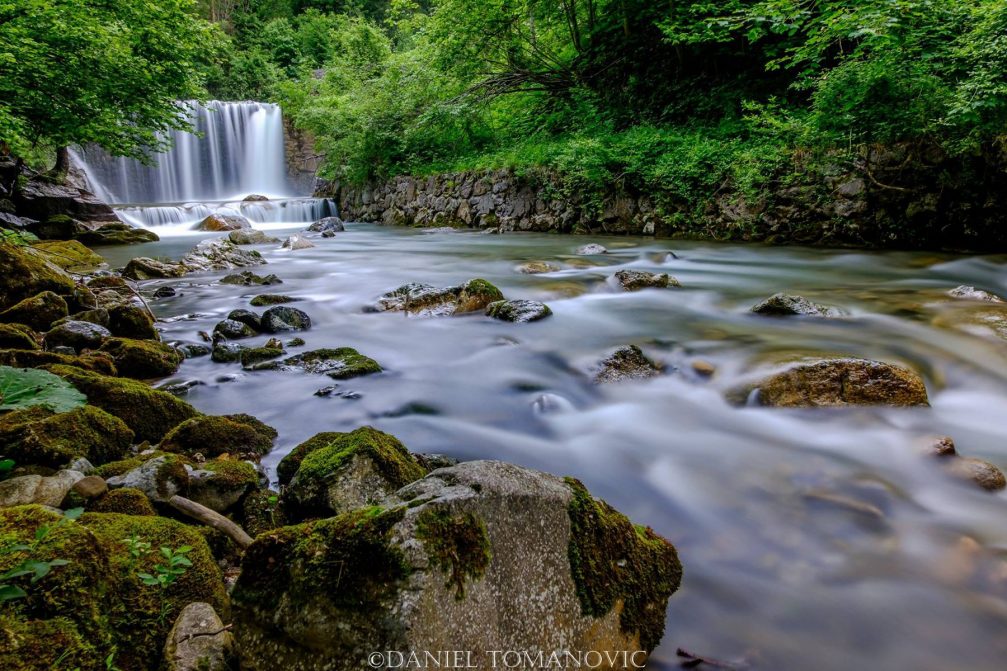
The Trziska Bistrica is another alpine river in northwestern Slovenia. It starts its journey in the Karawanks mountain range at an elevation of 1,460 meters, above the village of Jelendol near the Austrian border. It then flows 27 kilometres through the Dovzan Gorge and the town of Trzic and discharges into the Sava river near the village of Podbrezje. It is rich in fish, especially the brown and rainbow trout.

The Kamniska Bistrica river springs from the Kamnik Alps in northern Slovenia, close to the border with Austria. It then flows 33 kilometres through the town of Kamnik and discharges into the Sava river south of the village of Videm, about 10 kilometres east of Slovenia’s capital Ljubljana.
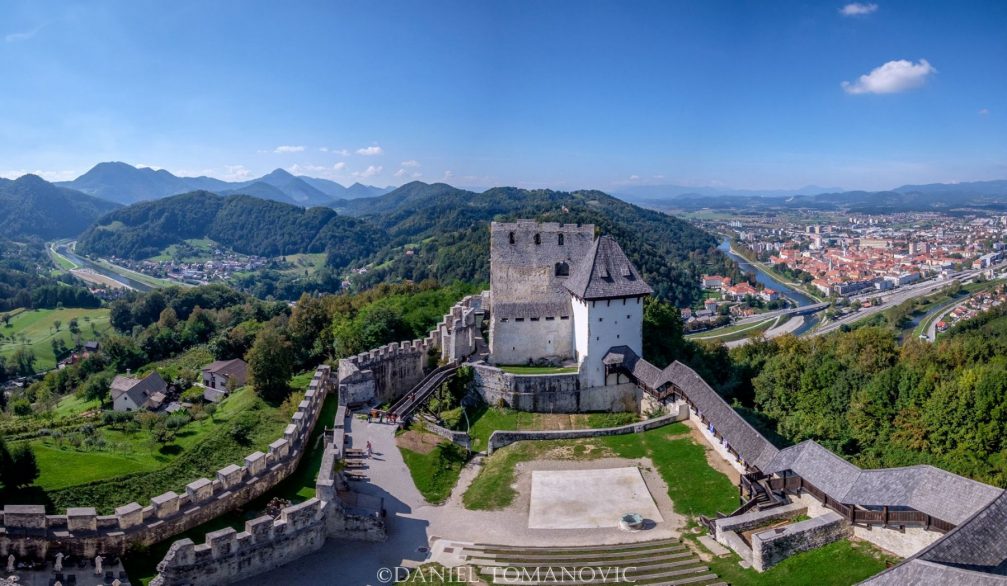
Celje Castle or Old Castle as it is also known, stands on three hills to the southeast of the city of Celje in northeastern Slovenia. From the wall and the viewing platforms there are remarkable views over the city. The castle is the largest medieval castle in Slovenia and the most visited tourist attraction in the area. It was once home to the renowned Counts of Celje, the most important noble family that ruled over, lived and owned their own land on the territory of what is present-day Slovenia.
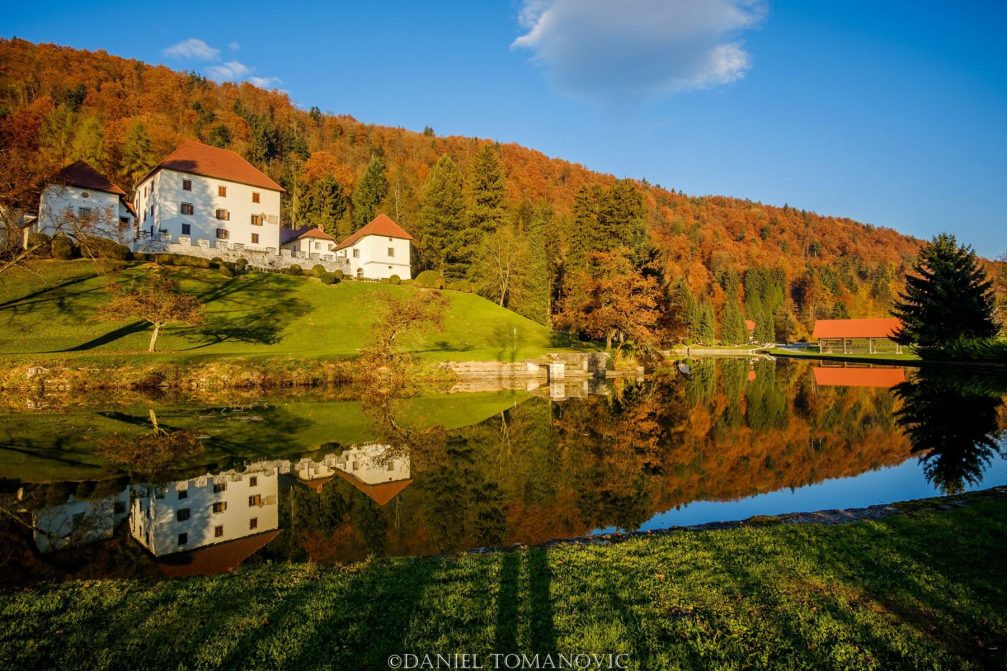
Strmol Castle stands at the foot of Dvorjanski Hrib Hill near the village of Cerklje na Gorenjskem in northwestern Slovenia. In the 13th century, the Strmol Knights settled here and the fortress was named after them, keeping the same name despite it changed the owners several times. Throughout the eventful history, the castle retained its original form, making it one of the oldest and best preserved castles in the country. Today, Strmol is a hotel offering an interesting living experience and a luxurious venue for business meetings and conference site for the government of the Republic of Slovenia.
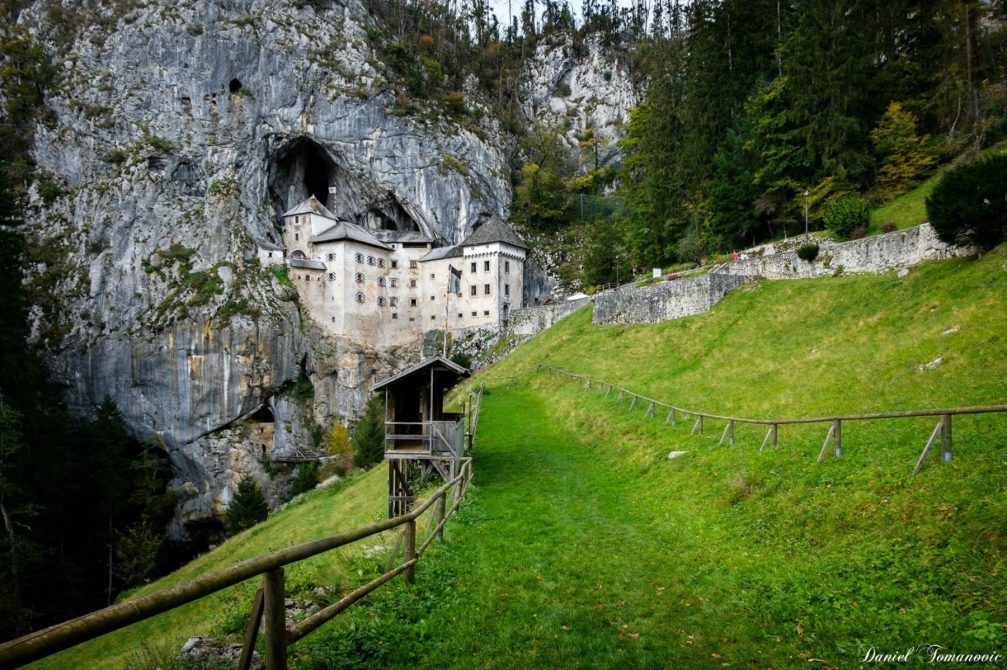
One of the most dramatic and picturesque castles in Slovenia, the Predjama Castle is built into an overhanging rock in front of a cave hall that is connected with a cave system underneath the castle. It is situated 9 kilometres from the entrance to the famous Postojna Cave in southwestern Slovenia. It was built in the 12th century, but was first mentioned in 1274. It was built in Gothic style on natural, protected spot approachable from just one side. It is amazing how so many centuries ago they’ve managed to built something like that. We don’t think there’s a similar structure anywhere else in the world! The castle is 5 storeys high, and has been rebuilt a couple of times thanks to damage caused during Erazem’s siege, and an earthquake. The present castle was constructed in 1570.
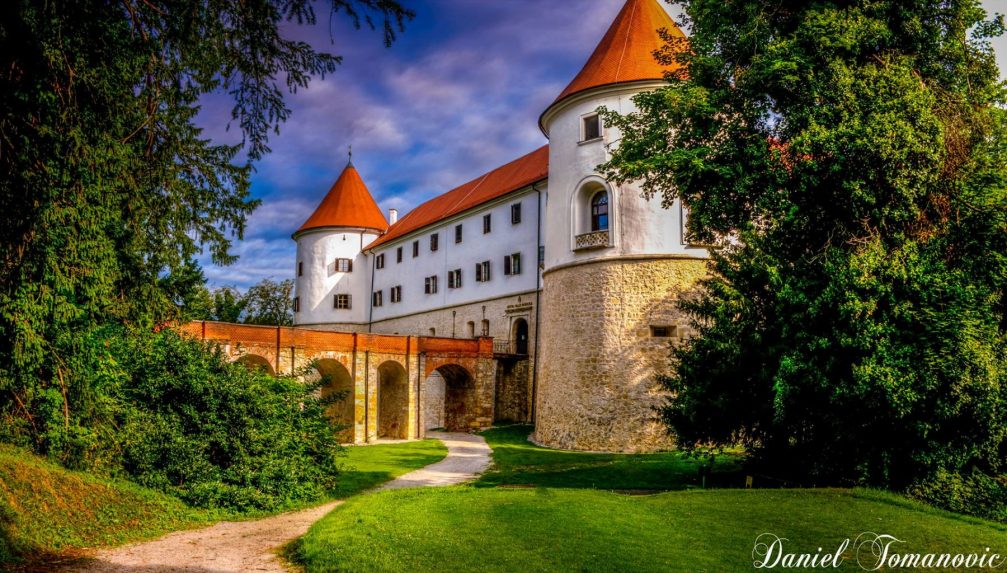
Mokrice Castle is a medieval castle that stands on a hill in the northern part of the village of Rajec in the Gorjanci Hills, southeast of the town of Brezice in southeastern Slovenia, near the border with Croatia. The castle was first mentioned in 1444. It obtained its basic Renaissance features in the 16th century. After the Second World War it was made into a hotel with restaurants. Today, it is a high-category hotel and the site of protocol events, conferences, meetings and other official receptions.
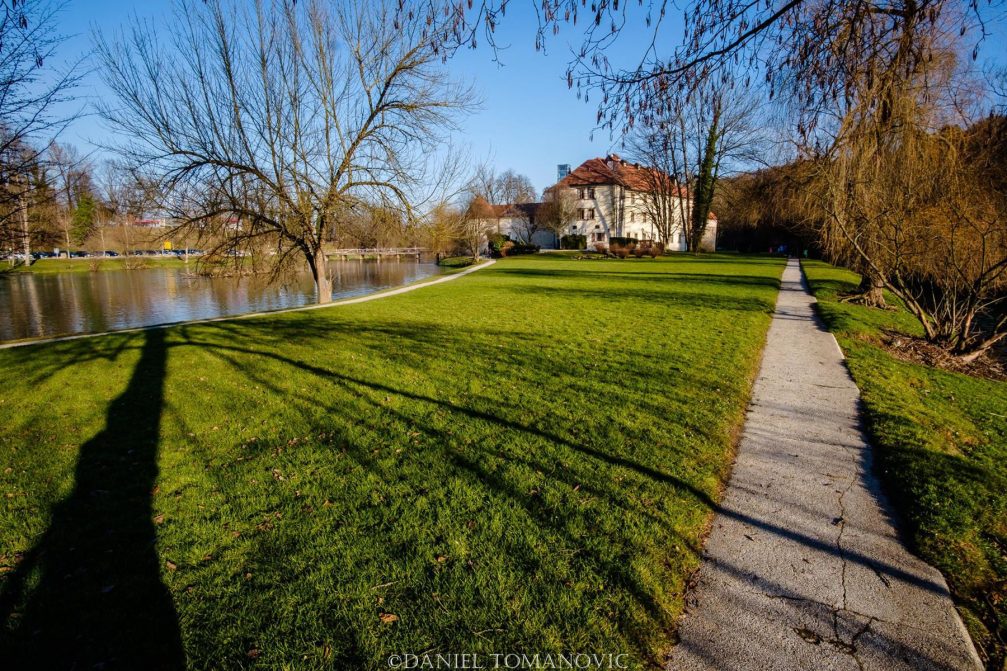
Situated on an islet in the middle of the Krka River in southeastern Slovenia, the Otocec Castle, together with its park, has such a beautiful setting that photos of it are regularly found in travel magazines and on travel blogs and forums. The islet is linked to both banks of the river by bridges. It was first mentioned in the 13th century. Over the centuries that followed the castle underwent architectural and ownership changes, passing from one noble family to another. Today the castle, restored to its original Gothic and Renaissance appearance, houses one of the most unique hotels in Slovenia. The beautiful park that surrounds the castle was formed in the beginning of the 19th century. It displays many rare tree species, such as black alder, white willow, and black poplar.
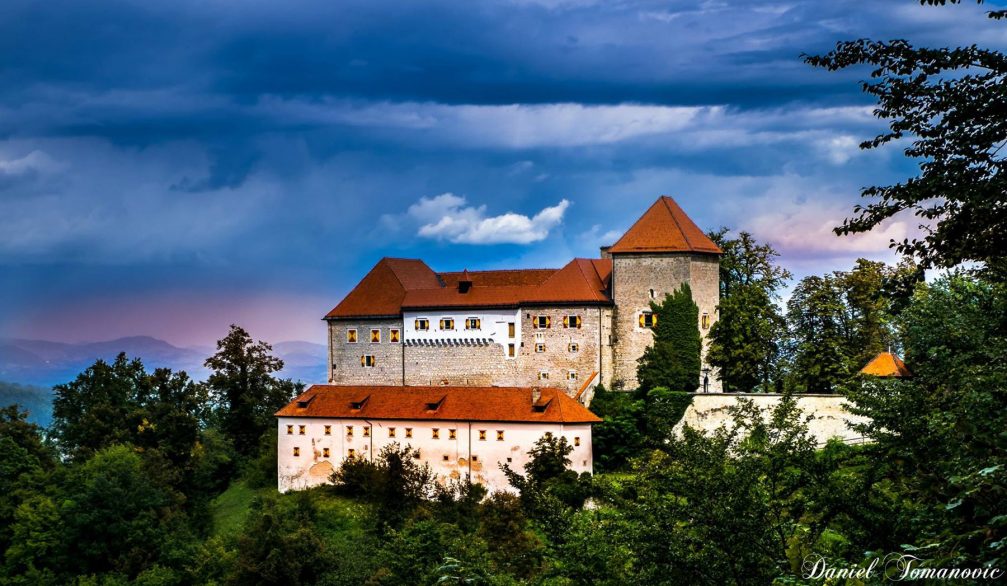
Podsreda Castle stands on a hill above the village of Podsreda in eastern Slovenia, very close to the border with Croatia. It dates to the mid-12 century and is known as the best-preserved example of secular Romanesque architecture in the country. It features a typical 12th-century defensive tower, a Romanesque chapel, and two wings from about the same period. Today, the castle is an important venue for cultural, promotional, educational, social and tourist events.
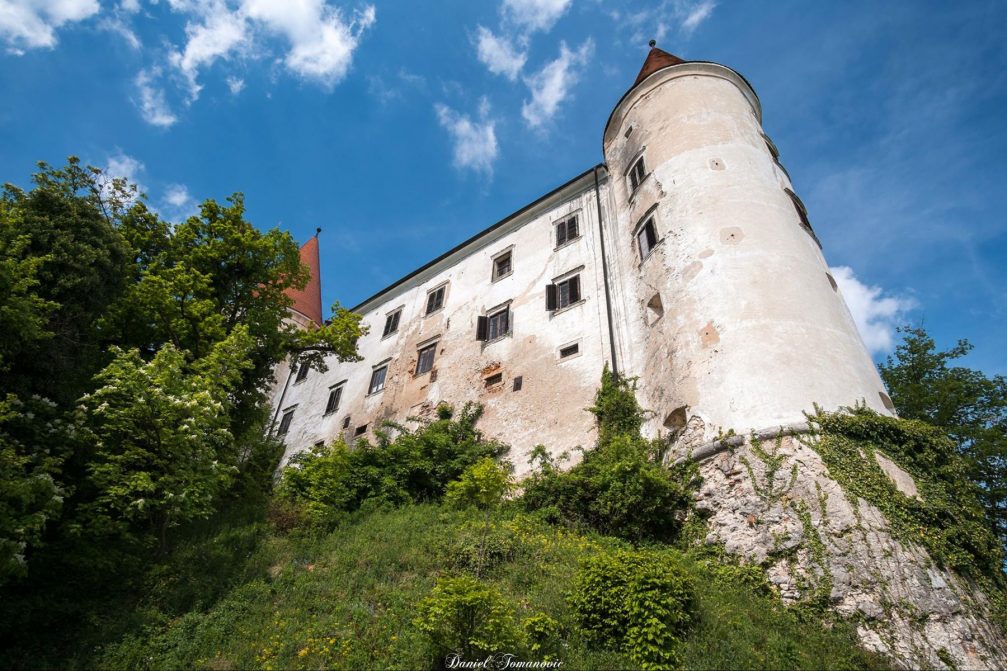
Bizeljsko Castle stands on a hill above the village of Bizeljska Vas in southeastern Slovenia, close to the border with Croatia. The castle was built in the 14th century and first mentioned in written sources in 1404. It consists of a residential part that forms the centre of the complex and includes a Baroque chapel, and an outer part that served a defensive purpose. The rectangular arcade courtyard is surrounded by four two-storey tracts, while the western side’s corners boast two slim towers with conical roofs. The oldest parts of the current building dates from the 14th century, and the castle has been rebuilt and extended gradually over the centuries. Today, most of the castle is off-limits to visitors, but there is a beautifully arranged Klakocar wine cellar in the basement that is open to public.
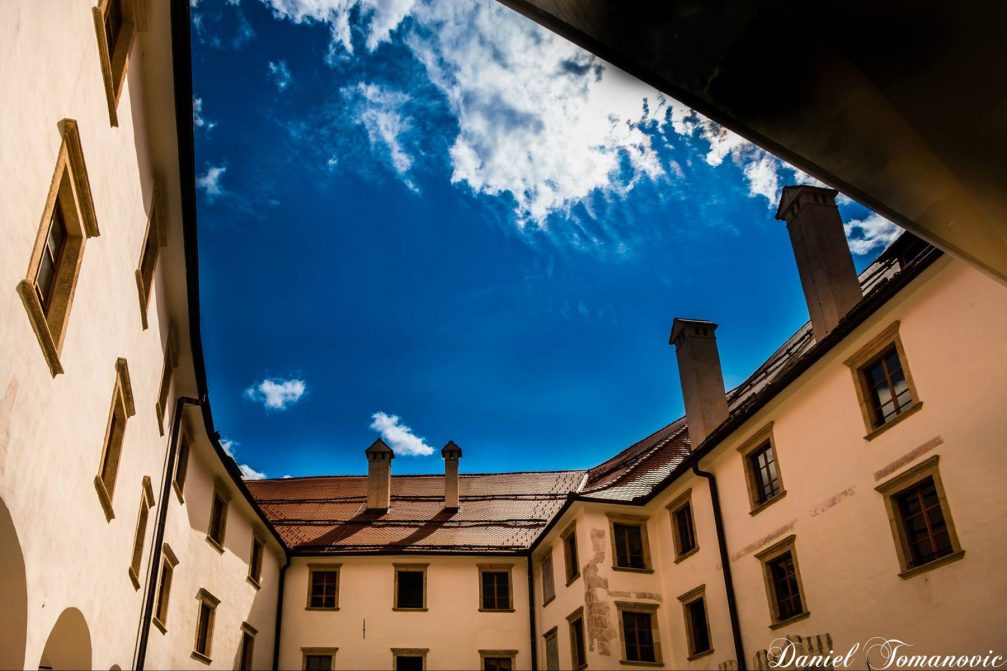
The Rajhenburg Castle, or Brestanica Castle as it is also known, stands on a hill on the right bank of the Sava River, south of the village of Brestanica in eastern Slovenia. It was first mentioned in written documents in 895, making it the earliest documented castle in Slovenia, but the current construction derives from the 16th century. It was recently completely renovated and features several museum collections, contemporary art exhibitions, a wedding hall, a museum shop, a restaurant and a cafe.
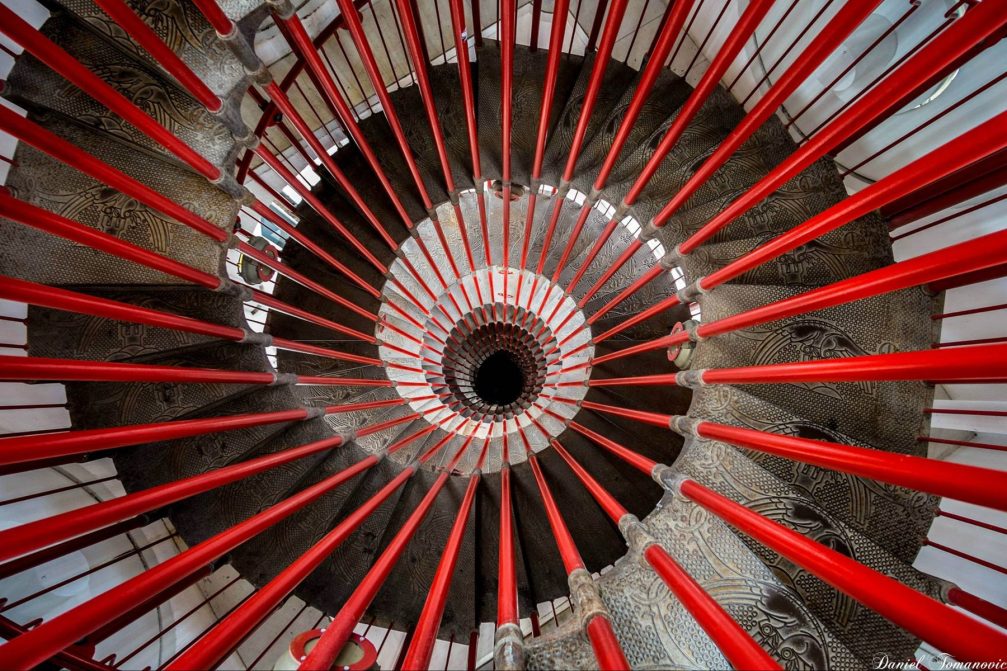
The famous double helix spiral staircase inside the Ljubljana Castle. The staircase is formed by two independent helical stairs in the same vertical space – the way up intertwined with the way down so that you do not have to pass other visitors going in the opposite direction on the staircase.
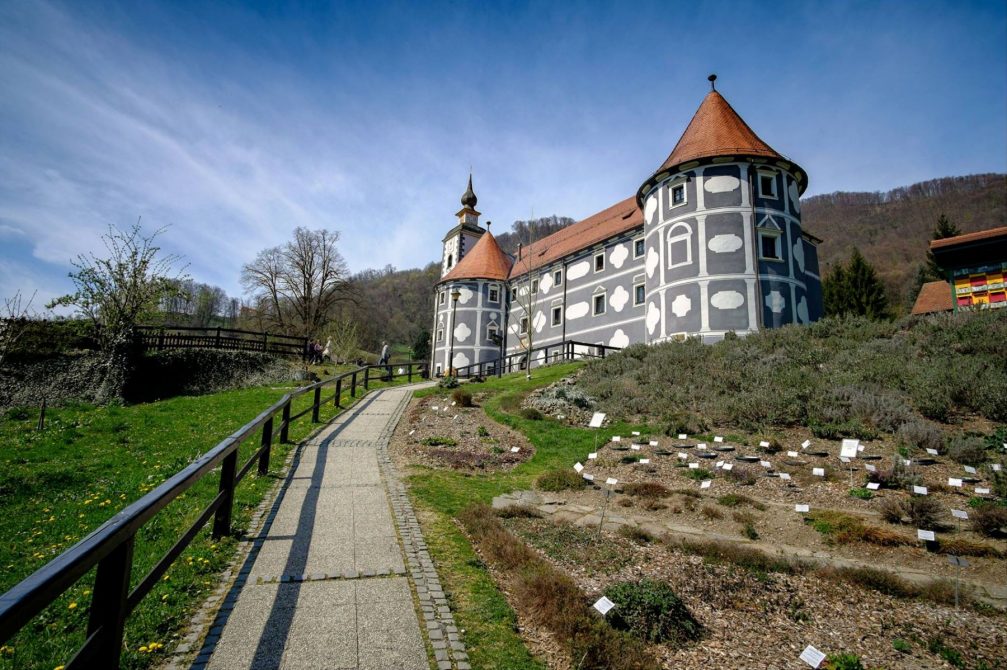
Olimje Castle, or Olimje Monastery as it is also known, is located in the village of Olimje in eastern Slovenia, close to the border with Croatia. It was first mentioned in 1208 as a castle owned by Otto Rufus. The building passed several phases from castle to monastery again to castle and is currently used as a Minorite monastery. The three-storey building consists of a southeast and southwest wing with oval towers in the corners. The exterior of the building was renovated in the Renaissance style. The Baroque church with a bell tower is situated at the west side, while a herbal and vegetable garden faces south. Inside, there’s a pharmacy from the 17th century, which is the oldest in Slovenia and the third oldest in the whole of Europe.
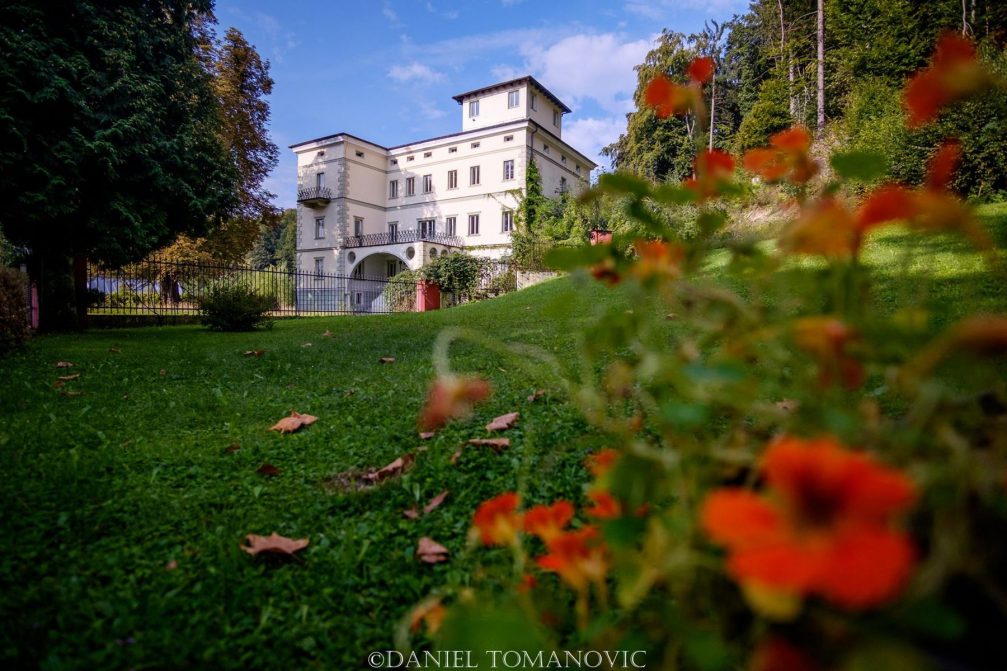
A beautifully restored 14th-century Villa Podvin is located in the village of Mosnje, some 2km east of the town of Radovljica in northwestern Slovenia. Today, it features an elegant restaurant serving Slovenian cuisine. It’s also a popular venue for weddings, and hosts various private events.

The Grand Hotel Rogaska is located in Rogaska Slatina, a lovely historic spa town in eastern Slovenia. With its 194 rooms, it stands on the eastern side of the Zdraviliski Trg square and faces a beautiful park. It was built in 1913 and is a majestic example of timeless style and brilliant design.
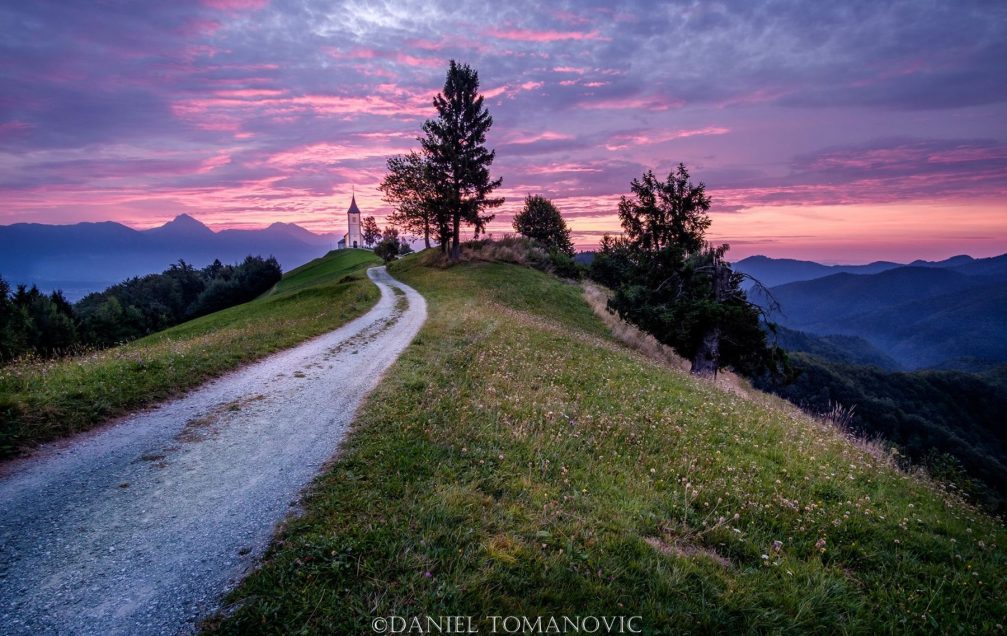
The church of Saints Primus and Felician stands at a spectacular location on a hill overlooking most of the northern part of the Ljubljana Basin with the Slovenian Alps as a backdrop. It is located above Jamnik, a small village on the eastern slopes of the Jelovica Plateau in northwestern Slovenia.
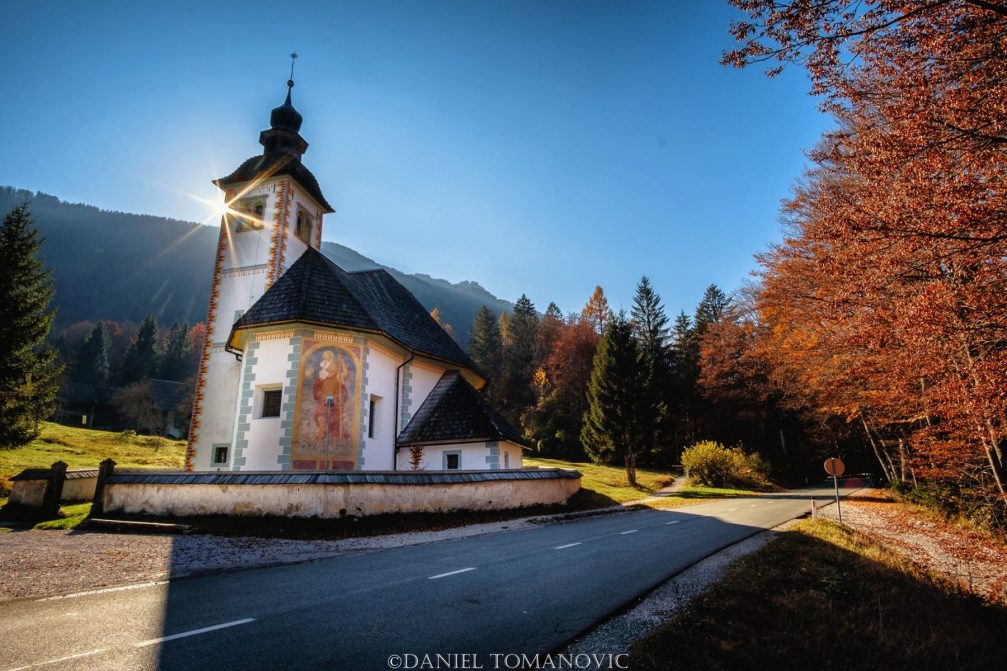
The Church of the Holy Spirit in the village of Ribcev Laz in the Bohinj valley stands by the road on the way to the far side of the lake. The church was built in the mid-18th century.

The Hubert’s chapel or Hubertova Kapelica as it is called in Slovene, stands on a steep cliff above the Kokra river in the village of Spodnje Jezersko in northern Slovenia. The chapel was built in the 18th century. The roof is covered with wooden shingles in the traditional Carinthian style.
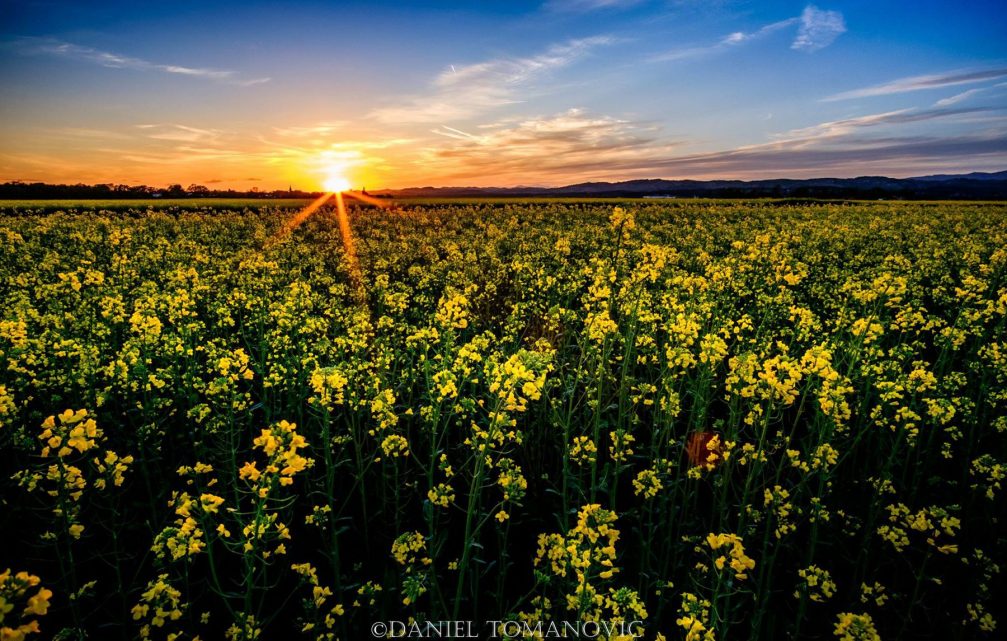
A Yellow Rapeseed Field in the countryside near the town of Brezice in southeastern Slovenia. With the beautiful yellow rapeseed flowers in full bloom Daniel couldn’t resist getting a picture! Rapeseed, also known as oilseed rape or canola, is widely grown as forage for livestock and as an oilseed. Rapeseed oil is used for industrial purposes and for food. Leftovers from oil production are used as livestock feed.
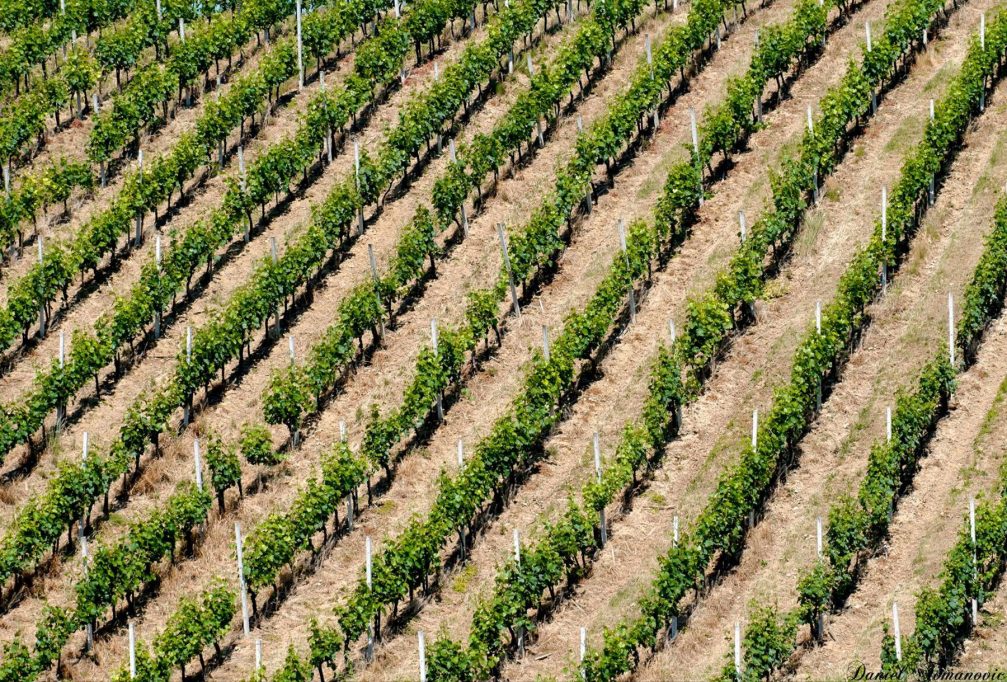
Slovenian vineyards cover almost 25,000 hectares in total, of which more than two thirds are on steep hilly slopes. For such a small country, Slovenia is blessed with a great range of wines, of equally great quality. It has numerous wine roads and is well known for its wine cellars.
| |
|---|
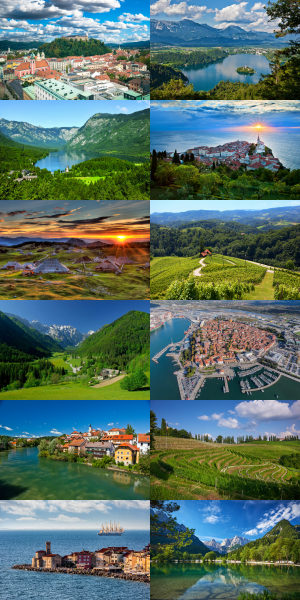 Discover beautiful Slovenia through amazing photos that will instantly make you want to visit and explore this delightful country in the heart of Europe. View more than 100 galleries with more than 5.500 landscape and nature photos from 50+ photographers! ENJOY! |
| |
|---|
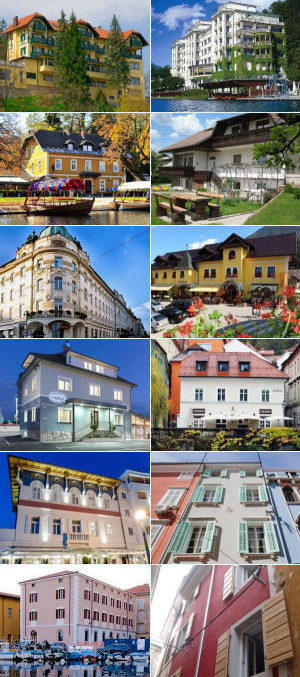 There is a wide array of options for accommodations in Slovenia, including hotels, guest houses, apartments, bed and breakfasts, hostels, camping and glamping sites and farm stays. Find out which places to stay in Slovenia we recommend and why! |


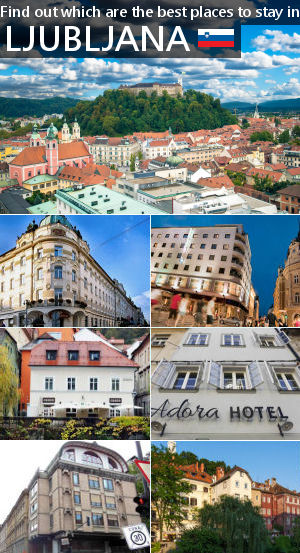
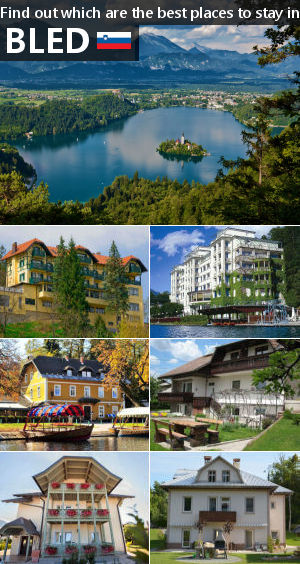
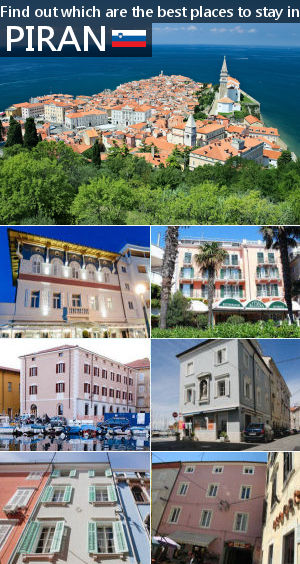

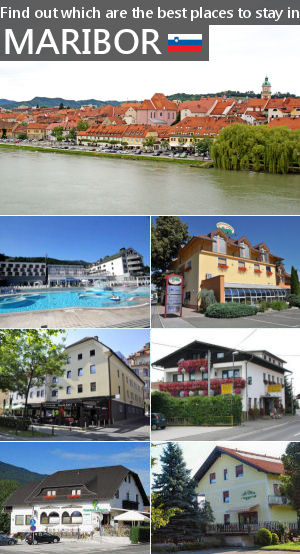
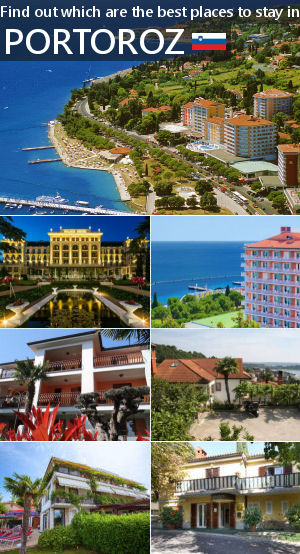
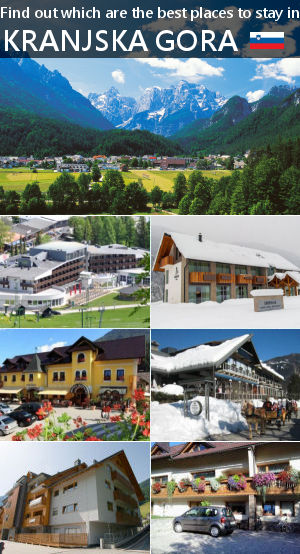
The photos look amazing and it seems like such a beautiful country. Hopefully I’ll get to visit it one day!
Amazing photographs. I’d love to visit Slovenia one day.
These photos are amazing, Slovenia is somewhere I am desperate to visit, and this gallery has made me want to do that even more now.
Slovenia looks amazing, it’s a dream of mine to go someday, it seems so magical! Thanks for sharing.
Gorgeous photos! It looks beautiful in Slovenia!
Obsessed with these photographs and this post. Makes me instantly want to go! Definitely adding it to my future plans!
Slovenia looks amazing! I really want to visit but I live on the other side of the world. Maybe later.
I have always wanted to visit Slovenia and this has made me want to visit even more! Looks like such a beautiful country and Daniel’s photos have really proven that!
These photos are just gorgeous! Now I have to add one more country in my list of countries I want to visit!
Looks amazing! I love Slovenia so much, it is one of my favourite countries to visit! Great photos.
These pictures really make me want to visit Slovenia!
These shots are awesome. I have always wanted too go to Slovenia, it looks like such a stunning country!
Wow such pretty photos, Slovenia looks amazing!
Definitely on my list of countries to visit! Love all the photos!
Slovenia looks incredible and the photos are gorgeous,
Amazing photography. It shows all the colors and rich culture that Slovenia has to offer.
Great photos of a beautiful country.
Wonderful photos! It’s great that Slovenia is a country that always has new things to explore and has such a variety of landscapes within it.
Some truly stunning pics. Slovenia is such a varied country.
Absolutely gorgeous! Too many great pictures to pick a favorite! Slovenia is such an amazing country, just from the little I saw in April, and I’d love to explore other parts of the country. Thanks for showing us areas that aren’t so famous.
I love this photo essay–wow–impressive shots! Makes me want to return to Slovenia and check out the destinations I didn’t have time for. Perhaps in a couple years.
The photos are great! I particularly like the lakes and the sunset ones. I’ve been to Slovenia many times when I was younger but now want to go again!
Wow, I only explored the northwest of Slovenia in the week I was there and loved it. But this is breathtaking. Would love to go back and see the castles in eastern Slovenia.
I love the photo of Lake Bohinj! Looks so lovely and peaceful there.
Fantastic photos! I’ve just returned from Ljubljana, which left me wanting to explore more of Slovenia. And now these photos only add to that – thank you!